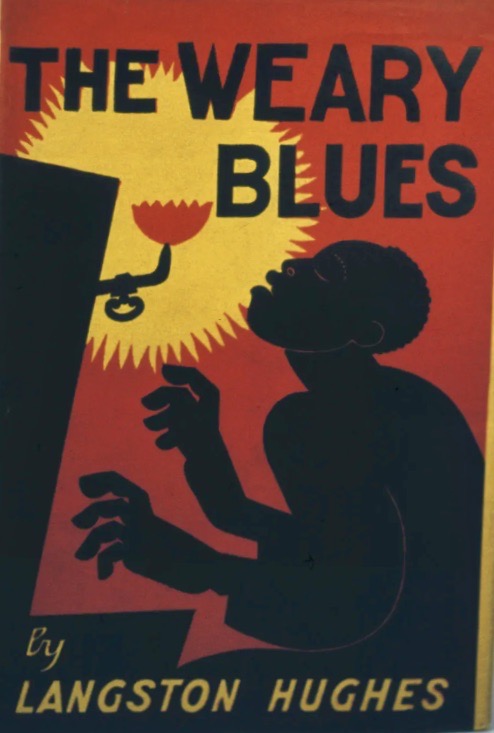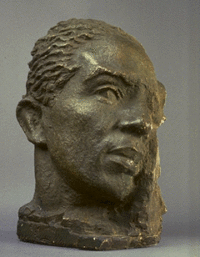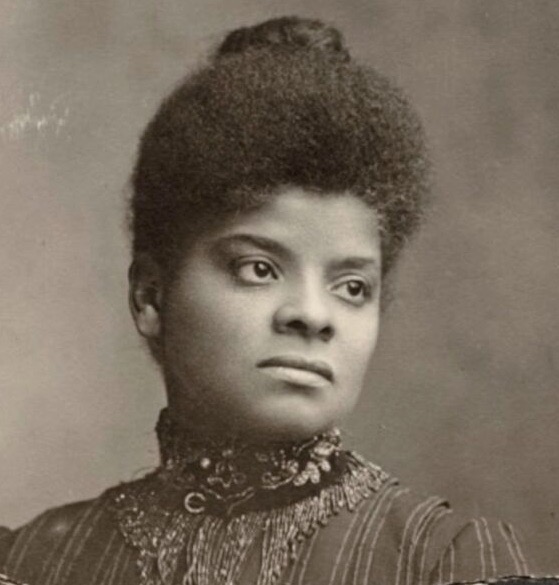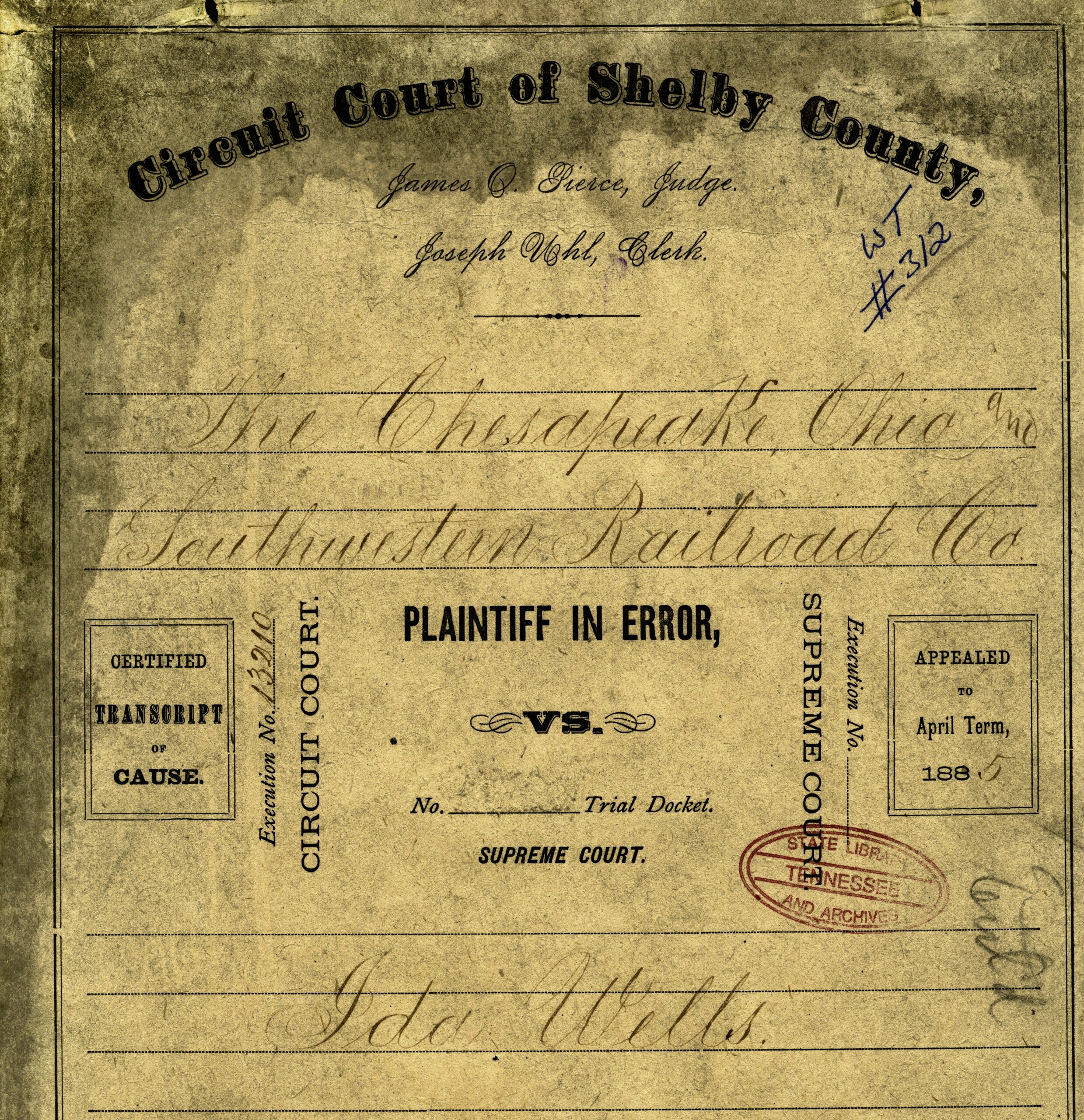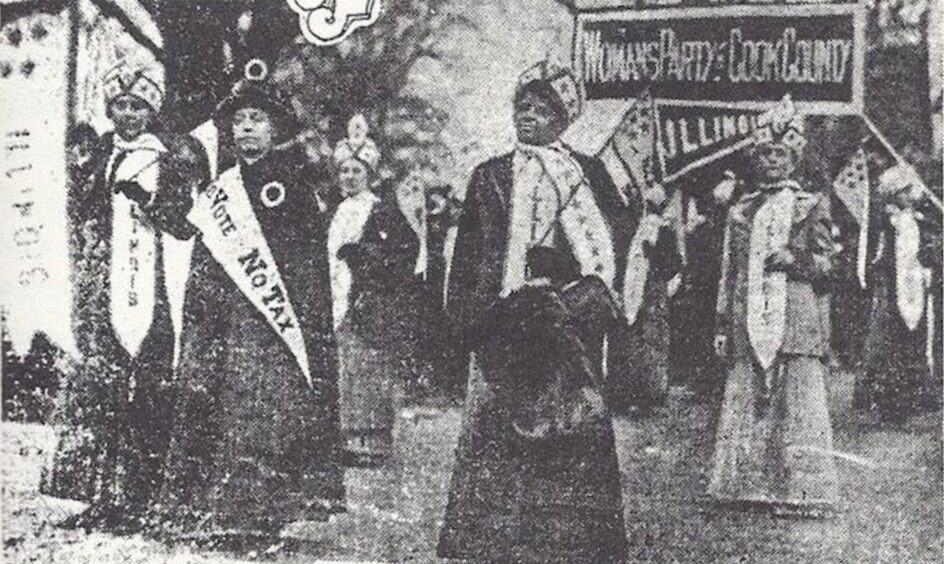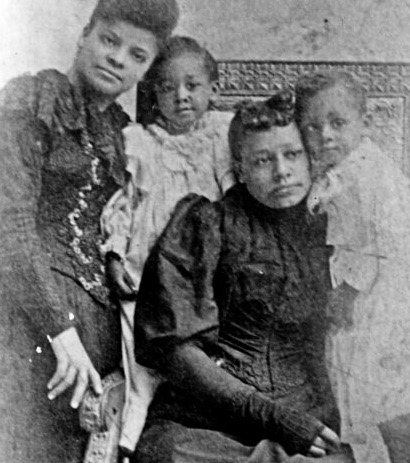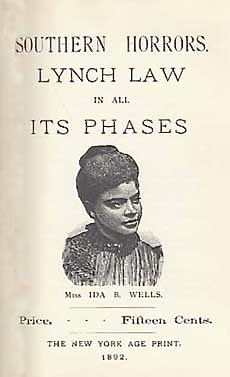The “American Experience” Embodied in the Childhood Reflections of Zitkála-Šá and Laura Ingalls Wilder

As we frequently point out here at This Book is Banned, a major benefit of reading books about people with experiences other than our own is that doing so fosters empathy, and broadens our understanding of the world we live in.
If we aren’t reading books about diverse characters, it can be easy to lose sight of the fact that not everyone experiences the world the same way we do. That a lot of people encounter circumstances we don’t even realize exist.
Unfortunately, a good number of books being restricted from school curriculums and pulled from classroom shelves are being banned precisely because they reflect those diverse experiences.
The following piece by guest essayist Maggie Speck-Kern speaks to differences in what is typically referred to as “the American experience.” Specifically, the American experience as embodied in the childhood reflections of Zitkála-Šá (pronounced Zit-KAH-la-shah) and Laura Ingalls Wilder during America’s pioneer era.
The “American Experience” Embodied in the Childhood Reflections of Zitkála-Šá and Laura Ingalls Wilder
by Maggie Speck-Kern
 M
M
any attempts have been made to define the “American experience,” including extensive journalistic projects from The New York Times and documentaries by the Public Broadcasting Service’s American Experience television show. For instance, in 2014, Todd Heisler and Damien Cave from The New York Times asked people the question, “What does it mean to be American?” Responses varied from, “respecting your neighbors […] in your own neighborhood” to “be[ing] intimate change.”[1] Furthermore, each documentary produced by PBS’s American Experience show “brings to life the incredible characters and epic stories that have shaped America’s past and present” with episodes ranging from “Andrew Carnegie: The Richest Man in the World” to “The Blinding of Isaac Woodard.” [2] However, each of these attempts further proves that there is not one singular type of “American experience” but many – albeit with common themes. In fact, “American” experiences can not only vary drastically between different eras of American history, but they can also vary drastically within the same era based on one’s ethnic identity and cultural practices.
Two examples of the varied “American experiences” that can be perceived within the same era are the lives of Laura Ingalls Wilder and Zitkála-Ša. Their lives are parallel in many ways, but their cultures could not be farther from each other. Wilder was born in 1867 in Wisconsin to a white family of European heritage while Zitkála-Ša was born on the Yankton Reservation in Dakota Territory (what would become South Dakota) in 1877 to a Sioux mother and a white father. Throughout most of their lives, both women lived throughout the Midwest and their timelines even overlapped in Dakota Territory for several years with them living less than 150 miles from each other. Additionally, both women followed similar professional careers as teachers before eventually becoming published authors. Despite their shared time period, geographic locations, and careers, their ostensible understanding of what it meant to be American was drastically different and based, almost exclusively, on ethnic experiences. Regardless, both women demonstrate truly “American” experiences, which can be seen in their life paths, housing, and understandings of the “other.”
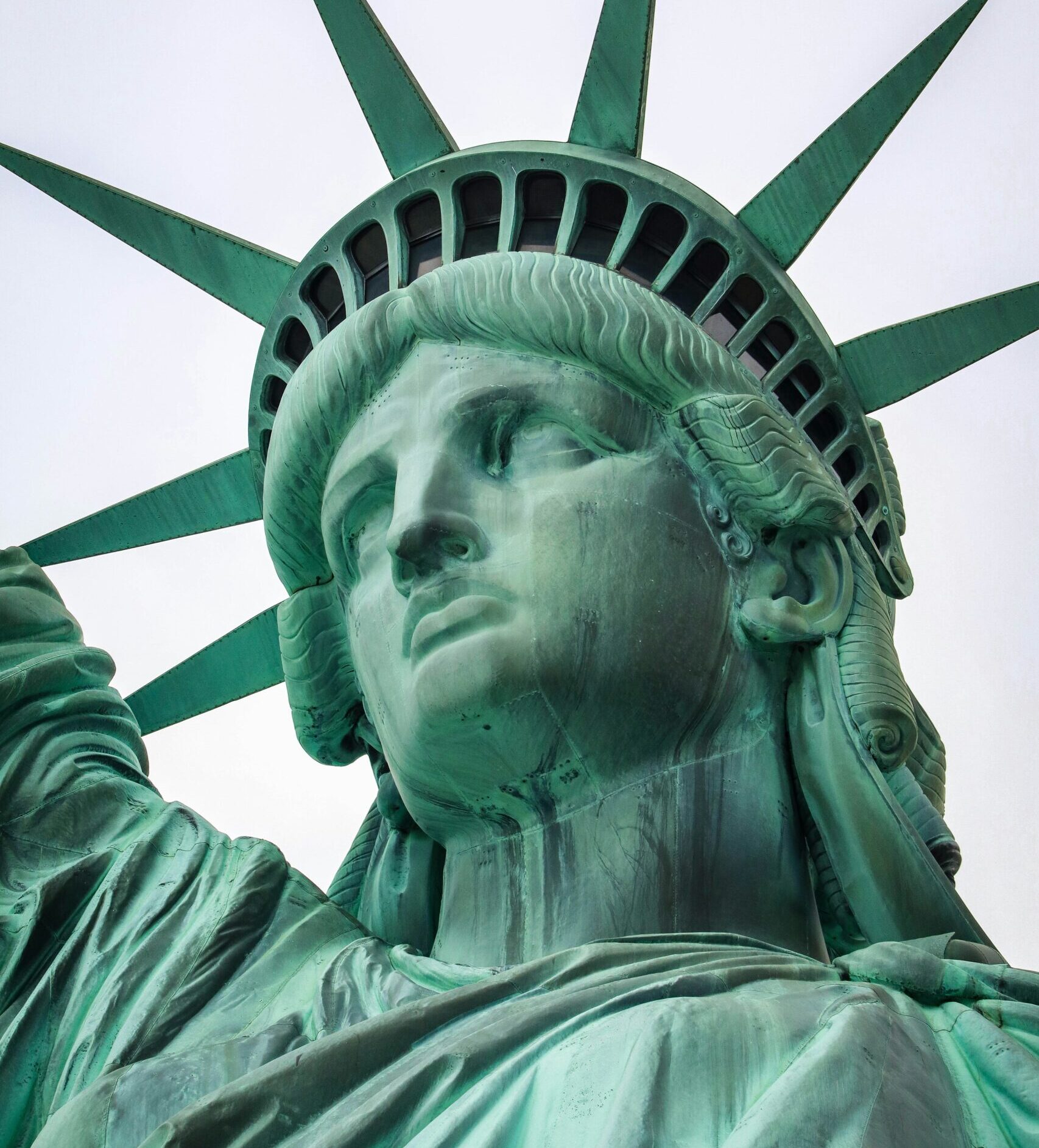
The Life Paths of Zitkála-Ša and Laura Ingalls Wilder
as a Broad Representation of the “American Experience”
In order to understand their similarities in the “American experience,” one must first recognize the distinct pioneer culture and Native American identity that highlight the cultural differences of Wilder and Zitkála-Ša respectively. These similarities are vividly described in their publications of their early childhood experiences. Laura Ingalls Wilder wrote Little House on the Prairie, the second book in the Little House series, and Zitkála-Ša wrote the short stories within the “Impressions of an Indian Childhood” collection later published in her book American Indian Stories. To give more context to their stories, one must look at their lives a bit closer.
Laura Ingalls Wilder was born in 1867 near Pepin, Wisconsin to Caroline Quiner and Charles Ingalls.[3] In 1869, Charles, affectionately known as “Pa” in the book series, moved the family to settle in Montgomery County, Kansas on property belonging to the Osage Diminished Reserve in the hopes of being able to purchase the land inexpensively after the Native Americans were removed.[4] Wilder’s novel, Little House on the Prairie, fictionalizes the time her family spent in Kansas and their interactions with the Native Americans. After just over a year on the prairie, the Ingalls family left their cabin and began a journey of over a decade settling and relocating throughout the Midwest from Pepin, Wisconsin to Walnut Grove, Minnesota to Burr Oak, Iowa before finally homesteading near De Smet in Dakota Territory.[5] While in De Smet, Wilder obtained her teaching certificate and spent time as a teacher to earn extra income for her family.[6] During her time in De Smet, she also met Almonzo Wilder, with whom she would eventually marry in 1885 and have a daughter, Rose.[7] After starting a life together, the Wilders moved to Spring Valley, Minnesota; Westville, Florida; and back to De Smet, South Dakota before purchasing land in Mansfield, Missouri which would become Rocky Ridge farm.[8] In the early 1910s, Wilder began publishing newspaper columns and magazine articles in local outlets. Later, in 1930, she began working on her autobiographical pieces with Rose which would eventually become the books of the Little House series.[9]
Importantly, Wilder’s early life experiences and the legacy of her books illustrate the archetype of the American experience in the late 1800s, specifically of American pioneers. The Ingalls family’s venture into Kansas on Osage land and the retelling of the story in the Little House on the Prairie perfectly represent the ideals of “manifest destiny,” or the “expansionist drive” that encouraged white pioneers to settle western lands for the sake of “progress and democracy.”[10] They pursued their idea of the “American dream” by settling in lands that belonged to Native Americans with the assumption that it would bring them great success and bounty. They were self-sufficient and lived off the land with the “fair exchange of labor with other settlers, and the mutual, voluntary helpfulness of good (if distant) neighbors.”[11]
Nine years after Wilder, Zitkála-Ša, or “Red Bird” (also known by her Anglo name of Gertrude Simmons Bonnin), was born in 1876 on the Yankton Sioux Reservation in Dakota Territory, the daughter of Tate Iyohi Win, or “Reaches the Wind Woman” (also known by her Anglo name of Ellen Simmons), and a white man who left before Zitkála-Ša was born.[12] Her collection of short stories Impressions of an Indian Childhood describes her time living on the reservation until she was eight years old when she left to attend White’s Manual Institute, a boarding school run by Quakers in Indiana.[13] There, her Indian culture was stripped from her and replaced with that of white America.[14] After living with her family once more on the reservation, she eventually returned to Indiana to attend Earlham College where she achieved great success as an orator.[15] In 1897, she began writing for the Indian Helper, a publication sponsored by the Carlisle Institute, a prominent Indian boarding school.[16] From this point onward, she began writing autobiographical stories, poetry, and fiction which were published in notable magazines such as The Atlantic Monthly and Harper’s.[17] In 1902, Zitkála-Ša married Raymond Bonnin, a fellow Yankton Sioux, and they had a son, Alfred Ohiya Bonnin, the following year.[18] After their short stint working for the Standing Rock Reservation, the Bonnins were reassigned to work on the Uintah-Ouray Reservation in Utah for the Bureau of Indian Affairs and lived there for fourteen years.[19] For the remainder of her life, Zitkála-Ša spent her time advocating for Native American rights, especially since they did not have citizenship until the Indian Citizenship Act in 1924, and “promoting the preservation of Native American cultural and tribal identities.”[20] In 1921, she published American Indian Stories where she “introduced a wide readership to the difficulty that American Indians faced in negotiating the pressures of religious conversion and cultural assimilation.”[21] Though she continued to write poetry and other stories, including an opera entitled Sun Dance, she largely spent her time involved with and writing about Indian affairs and served in many capacities with Native American organizations such as the Society of the American Indian, the Indian Welfare Committee, and the National Council of the American Indians.[22]
Yet, Zitkála-Ša’s life story does not simply represent Native American culture in the late 1800s, but also an “American experience” that is caught between cultures. This multicultural representation is not only because of her biracial heritage, but because she wholly lived in two cultures at different times in her life – the Native American reservations and the distinctly American education system. Her stories uncover “the complex pressures that American Indian intellectuals faced at the turn of the twentieth-century” and how the “policies of the U.S. government and several other institutions aimed to dispossess tribal peoples of their communally held land, their indigenous languages, and many of their cultural practices.”[23] The effect of these policies on her people fueled Zitkála-Ša’s activism and her pursuit of a different “American dream” than that of Wilder. Zitkála-Ša’s “American dream” consisted of a desire for respect for her culture and status among American society equal to that of the white majority. Despite these challenges and her tangential relationship with both of her identities, her “success […] as both an author and an activist offers a remarkable example of how one woman navigated this challenging terrain.”[24]
Moreover, when one analyzes more specific themes within their respective texts of Wilder and Zitkála-Ša, one can further see how each of their stories embody the “American experience.”

The Physical House as
a Distinct Emblem of the American Experience
When many conceptualize the “American experience,” it is often centered on one’s residential environment. In particular, the suburban home with the white picket fence is “a kind of shorthand for Americana,”[25] and the “American experience” is generally evocative of a house in a suburban neighborhood. Though this image only represents one facet of the “American experience,” the physical home and its proximity to others “encourage[s] neighborly interaction” and “conversation” which is indicative of American culture.[26] This theme is explored in other emblems of America including the Statute of Liberty, also known as the “Mother of Exiles,” which perfectly epitomizes the welcoming, neighborly environment of America as “the Statue’s uplifted torch did not suggest ‘enlightenment,’ as her creators intended, but rather, ‘welcome’” while the Statue gave “hope to generations of immigrants” seeking a new life.[27] Thus, whether or not those entering through Ellis Island wished to become “steelworkers in Pittsburgh,” “meatpackers in Chicago,” or “tailors in New York City’s garment district,”[28] these immigrants were all welcomed with the Statue of Liberty hospitably inviting the “tired [and] poor […] huddled masses” to their new home in America.[29] Thus, while Americans may have drastically different physical dwellings, the interactions within and around those dwellings more explicitly express the “American experience.”
Emphasizing the significance of the physical home as a representation of culture, Zitkála- Ša describes her home in the opening line of “My Mother” in Impressions of an Indian Childhood as “a wigwam of weather-stained canvas.”[30] To further understand the physical space of Zitkála-Ša’s home environment, it is important to understand that a wigwam is a cone shaped Native American shelter “built for easy disassembling and reassembling” made from wooden poles that were “placed upright, and the top ends were gathered together and bound.”[31] To provide respite from the elements, “large strips of bark or animal hides were wrapped around the frame in layers and then sewn to the structure” with moss or grass mats used to reinforce the walls in harsher environments.[32] In lieu of doors and floors, animal hides served as covers for the shelter opening and as mats, “making it comfortable to sleep and sit on.”[33] A fire pit was centered in wigwam where “families gathered around to cook, eat and talk about their day” with the smoke escaping “through a hole at the top of the wigwam.”[34] For embellishment of their homes, women “decorated the inner walls with designs of nature or animals.”[35] While this does not exactly describe Zitkála-Ša’s own wigwam, this depiction helps one better imagine the setting of the stories within Impressions of an Indian Childhood.
In contrast to Zitkála-Ša’s wigwam, Wilder’s home, featured in the title of Little House on the Prairie, was a one-room log cabin built by her father, Charles “Pa” Ingalls. Over several chapters, Wilder describes the process –in detail – by which her home was built and furnished with the requirements for a home: four walls, windows, a door, a roof, a floor, and a hearth. The materials to build the house are gathered from the creek bottom near the location of their camp with the majority of the construction materials crafted from wood hewn from logs cut down by her father. Rocks were stacked and held together by a mixture of mud to form the hearth and lower chimney basin while the upper chimney was crafted using sticks and mud. Wilder dedicates an entire chapter to the carpentry of creating a door and a latchkey to protect the family from the wild prairie. Inside, the house was furnished with wooden bedsteads, a rocking chair, a table, a cabinet to store precious materials like tobacco and sugar, and ticks filled with dried grass from the prairie to sleep on. The final touches to the house included the addition of a “little china woman on the mantel-shelf” and a “red-checked cloth on the table” placed by Caroline, Wilder’s mother, who remarked, “Now we’re living like civilized folks again.”[36]
The differences between their physical housing structures certainly highlight the differences between their cultures. Without a lockable door, the Zitkála-Ša’s wigwam allows for the culture of the Plains Native Americans to come through where “sharing is valued, and charity to the poor was common.”[37] Whereas, the intricately engineered latch that Wilder’s father fashioned from wood ensured that they could keep out those that they did not want to enter and protect their property from being stolen. Furthermore, the possible depictions of nature in the wigwam emphasize a connection with the environment while the porcelain figurine and the tablecloth represent her “stamps of domesticity on a previously untamed place.”[38] Finally, the permanence of the cabin compared to the wigwam also demonstrates the “manifest destiny” of the pioneer culture; the settlers established homes to claim land as their own, whereas, the semi- permanent wigwams emphasized the nomadic nature of the tribes who determined their location by following the buffalo.
Nevertheless, their homes – regardless of their differences – embody the “American experience” and are used as tools to perpetuate the welcoming spirit of American culture. For example, in “The Coffee-Making,” Zitkála-Ša describes the visit of an “old grandfather who had often told [her] Iktomi legends” who happened upon her wigwam while her mother was away and “at once [Zitkála-Ša] began to play the part of a generous hostess” and attempted to serve coffee and unleavened bread “with the air of bestowing generous hospitality.”[39] Reflecting on the incident, she realized that the “coffee” she made was “worse than muddy warm water,” and, despite this, the visitor, “whom the law of [their] custom had compelled to partake of [her] insipid hospitality,” did not remark or embarrass her for her attempt and instead treated her with the “utmost respect.”[40] Similarly to Zitkála-Ša’s story, Wilder describes how her mother Caroline welcomed their neighbor Mr. Edwards, who aided Pa with building the house, with “an especially good supper because they had company” and how they reserved “white sugar when company came.”[41] Later in Little House on the Prairie, Wilder paints a vivid story of Mr. Edwards’ harrowing adventure to Independence, Missouri and back for the sole for the sole purpose of providing Laura and her sister, Mary, with Christmas gifts which are hung in the stockings on the hearth of their cabin. Though of varying cultures, these stories illustrate how the home is used for a mechanism for extending hospitality to others. Despite the welcoming nature of the hosts in each story, their hospitality becomes limited when it comes to providing for the “other.”
While these exclusionary practices towards those of a different culture might seemingly contradict the hospitality and welcoming nature of Americans, these practices, in fact, represent another theme in the “American experience.”
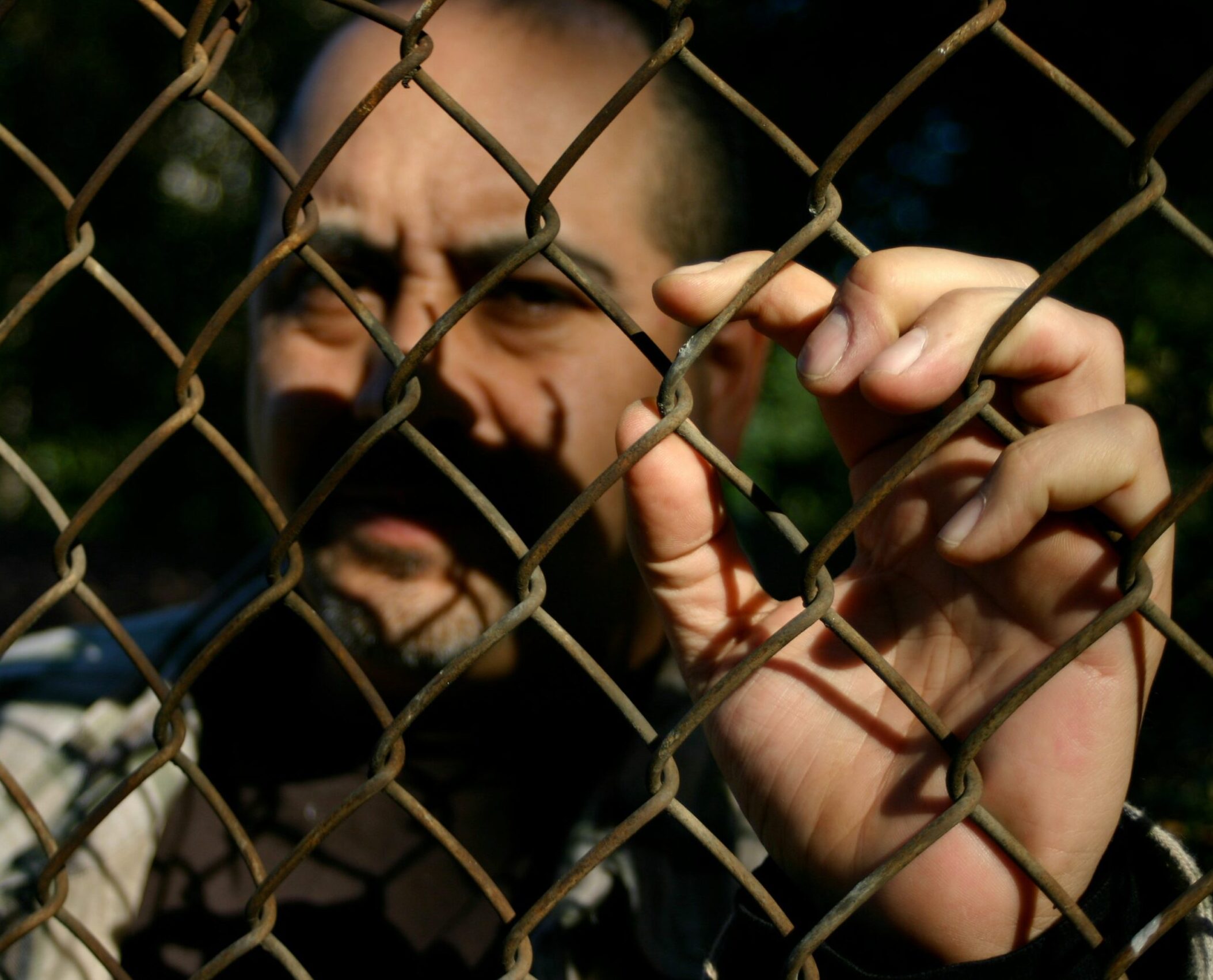
“The Other” as a Metaphor
Entwined Within the American Experience
Despite the welcoming and hospitable nature of Americans and the composition of the United States as nation of immigrants and, therefore, a collection of many identity groups, the “American experience” also includes the practice of “othering” those who are not within one’s identity group. Othering, as defined by John Powell and Stephen Menendian in the inaugural issue of Othering and Belonging published by the Haas Institute for a Fair and Inclusive Society at the University of California, Berkeley, is “a term that […] encompasses the many expressions of prejudice on the basis of group identities” and “provides a clarifying frame that reveals a set of common processes and conditions that propagate group-based inequality and marginality.”[42] Americans have used this practice of othering to marginalize groups since its inception. For example, politicians in the early 1800s manipulated the “fears of slave revolts” and used the “othering” of enslaved African Americans to “strengthen and reinforce the ramparts of racial slavery in the South, as well as to reinforce federal proslavery legislation, including the Fugitive Slave laws.”[43] Later in the 19th century, the “‘know-nothing movement arose in response to waves of Irish and German immigrants” which discriminated against these groups “not only on the basis of their ethnicity but also their religion” due to a fear of the “spread of ‘papist’ designs.”[44] Each generation of Americans, it seems, shifts to a different “other” and continues this fear and prejudice of those unfamiliar to them.
Because of the tradition of “othering” in the “American experience,” it is not surprising that the mothers of both Zitkála-Ša and Wilder further perpetuate disdain for the “other” to their children. Zitkála-Ša’s mother, Tate Iyohi Win, sews distrust of the “palefaces,” her derogatory term for the white settlers she encounters, and Caroline, Wilder’s mother, does not hide her fear and disdain for the natives they encounter while in the prairie, often calling them “wild men.” With influence over their children’s perspectives, the mothers in these stories sow the seeds of prejudice and actively foster the continued practice of “othering” among their offspring.
In “My Mother,” Zitkála-Ša describes how her mother’s opinions of the “paleface” influenced her at a young age. In the story, Zitkála-Ša asks the question, “Mother, who is this bad paleface?” with genuine curiosity.[45] Her mother goes on to stated that, “He is a sham, – a sickly sham!” and that “the bronzed Dakota is the only real man.”[46] She goes on to describe how she perceived her mother’s unhappiness which “aroused revenge in [her] small soul” causing her to cry aloud, “‘I hate the paleface that makes my mother cry!”[47] Furthermore, Tate Iyohi Win insists that the “palefaces” are responsible for the death of her brother and her other daughter by stating, “We were once very happy. But the paleface has stolen our lands and driven us hither. Having defrauded us of our land, the paleface forced us away.”[48]
Wilder’s mother, Caroline, also promotes “othering” with her children and actively discourages her daughter’s curiosity in seeing the Native Americans who lived nearby. When inquiring about where she could see a papoose, or a Native American child, Caroline remarks, “Whatever makes you want to see Indians? We will see enough of them. More than we want to, I wouldn’t wonder.”[49] When her daughter inquires, “Why don’t you like Indians, Ma?,” Caroline states that “I just don’t like them” without further explanation.[50] Furthermore, Caroline is not the only character in the story that espouses an “othering” of the natives that live near their homestead. Mrs. Scott, a distant neighbor of the Ingalls family, further spews her distrust of the Native Americans by stating, “Land knows, they’d never do anything with this country themselves. All they do is roam around over it like wild animals. Treaties or no treaties, the land belongs to folks that’ll farm it. That’s only common sense and justice.”[51] Wilder continues to write that Mrs. Scott, “did not know why the government made treaties with Indians” and that “the only good Indian was a dead Indian” and finally, that “the very thought of Indians made her blood run cold.”[52]
With these strong statements of contempt for the “other” by figures close to them, it is no wonder why Zitkála-Ša and Wilder recalled these memories so vividly and recorded them in their autobiographical works. Because “prejudice is learned through living in and observing a society where prejudices exist” and that prejudice in children “does not come from [their] awareness of differences among people, but from their perception of negative attitudes about those differences,” Zitkála-Ša and Wilder’s childhood opinions are shaped by their mothers’ negativity towards the “palefaces” and the Native Americans, respectively.[53] Each author internalized the opinions of the “other” so much so that both Zitkála-Ša and Wilder’s writings are used as archetypes to describe the impressions that their identity groups had of the “other” during their time period of American history. Unfortunately, the passing down of one’s prejudices to future generations is a long standing American tradition and continues to this day.

In Conclusion
In studying the lives of Laura Ingalls Wilder and Zitkála-Ša, we can see that while the “American experience” may be colored by one’s ethnic identity, their life paths, welcoming spaces, and treatment of the “other,” it is more similar than different. Though Wilder’s childhood experiences depicted in Little House on the Prairie represent that of pioneer culture and Zitkála- Ša’s Impressions of an Indian Childhood represent that of a Native American youth growing up on a reservation, their autobiographical stories embody that of their greater American culture.
In each of their stories, authors illustrate how their physical homes are used as spaces for welcoming their neighbors and simultaneously an exclusion of the “other.” While these ideas may be seemingly contradictory, they are not mutually exclusive. Americans can both be welcoming towards those that are of the same culture because their neighbors are familiar to them and prejudiced towards those who are different because they are unfamiliar to them. Interestingly, if Americans like Zitkála-Ša and Wilder realized that they were more similar than they were different, perhaps they would not perceive their identity groups as the “other.”
Guest Essayist bio:
Maggie Speck-Kern has always been an avid supporter and appreciator of the arts – from theater and dancing to music and fine arts. She has worked in the museum field where she held positions in the curatorial departments of two state museums in Arkansas. So it isn’t surprising that she loves learning about local history and American culture.
She holds a Master of Arts in Nonprofit Management, and will complete a Master of Arts in American Culture Studies at Washington University in St. Louis in 2025.
Learn more about Zitkála-Šá, and the
difficult history of a time when indigenous peoples were
forced from their ancestral lands, banned from practicing their traditions,
and pressured to assimilate here.
Share This Post, Choose a Platform!

#Native American Heritage Month #Zitkala-Sa #Laura Ingalls Wilder #history
Endnotes:
1 Damien Cave, “What Does It Mean to Be American?,” June 20, 2014, https://www.nytimes.com/2014/06/20/us/what-does-it-mean-to-be-american.html.
2 “American Experience,” PBS LearningMedia (PBS LearningMedia), accessed May 12, 2021, https://ninepbs.pbslearningmedia.org/collection/amex/;
“American Experience,” PBS (Public Broadcasting Service), accessed May 12, 2021, https://www.pbs.org/wgbh/americanexperience/films/.
3 Anita Clair Fellman, Little House, Long Shadow: Laura Ingalls Wilder’s Impact on American Culture (Columbia, MO: University of Missouri Press, 2008), 12-13.
4 Fellman, Little House, Long Shadow, 17.
5 Pamela Smith Hill, “Laura Ingalls Wilder Historical Timeline,” Little House on the Prairie, December 28, 2018, https://littlehouseontheprairie.com/history-timeline-of-laura-ingalls-wilder/.
6 Hill, “Laura Ingalls Wilder Historical Timeline.”
7 Hill, “Laura Ingalls Wilder Historical Timeline.”
8 Hill, “Laura Ingalls Wilder Historical Timeline.”
9 Hill, “Laura Ingalls Wilder Historical Timeline.”
10 “Manifest Destiny,” Encyclopedia.com (Cengage, May 14, 2018), https://www.encyclopedia.com/history/united- states-and-canada/us-history/manifest-destiny#3401802517.
11 Fellman, Little House, Long Shadow, 86.
12 Robert S. Levine et al., “Zitkala-Sa (Gertrude Simmons Bonnin),” in The Norton Anthology of American Literature, Ninth (New York, NY: W.W. Norton & Company, 2017), pp. 1124-1127, 1124.
13 Levine, “Zitkala-Sa (Gertrude Simmons Bonnin),” in The Norton Anthology of American Literature, 1125.
14 Levine, “Zitkala-Sa (Gertrude Simmons Bonnin),” in The Norton Anthology of American Literature, 1125.
15 Levine, “Zitkala-Sa (Gertrude Simmons Bonnin),” in The Norton Anthology of American Literature, 1125.
16 Levine, “Zitkala-Sa (Gertrude Simmons Bonnin),” in The Norton Anthology of American Literature, 1125.
17 Levine, “Zitkala-Sa (Gertrude Simmons Bonnin),” in The Norton Anthology of American Literature, 1125.
18 “Zitkala-Ša (Red Bird / Gertrude Simmons Bonnin),” National Parks Service (U.S. Department of the Interior, August 31, 2020), https://www.nps.gov/people/zitkala-sa.htm.
19 “Zitkala-Ša (Red Bird / Gertrude Simmons Bonnin),” National Parks Service.
20 “Zitkala-Ša (Red Bird / Gertrude Simmons Bonnin),” National Parks Service.
21 Levine, “Zitkala-Sa (Gertrude Simmons Bonnin),” in The Norton Anthology of American Literature, 1125.
22 Levine, “Zitkala-Sa (Gertrude Simmons Bonnin),” in The Norton Anthology of American Literature, 1125-26. 23 Levine, “Zitkala-Sa (Gertrude Simmons Bonnin),” in The Norton Anthology of American Literature, 1126.
23 Levine, “Zitkala-Sa (Gertrude Simmons Bonnin),” in The Norton Anthology of American Literature, 1126.
24 Levine, “Zitkala-Sa (Gertrude Simmons Bonnin),” in The Norton Anthology of American Literature, 1126.
25 Michael Dolan, “How Did the White Picket Fence Become a Symbol of the Suburbs? And Why the Epitome of the Perfect House Become So Creepy.,” Smithsonian 50, no. 1 (April 2019): p. 1, https://www.smithsonianmag.com/history/history-white-picket-fence-180971635/, 1.
26 Dolan, “How Did the White Picket Fence Become a Symbol of the Suburbs?,” Smithsonian, 1.
27 “The Immigrant’s Statue,” National Parks Service (U.S. Department of the Interior, February 26, 2015), https://www.nps.gov/stli/learn/historyculture/the-immigrants-statue.htm.
28 “Growth of Cities,” The First Measured Century (PBS), accessed May 12, 2021, https://www.pbs.org/fmc/timeline/ecities.htm.
29 Emma Lazarus, “The New Colossus,” National Parks Service (U.S. Department of the Interior), accessed May 12, 2021, https://www.nps.gov/stli/learn/historyculture/colossus.htm.
30 Zitkala-Sa, “Impressions of an Indian Childhood,” in American Indian Stories (Lincoln, NE: University of Nebraska Press, 1985), pp. 7-45, 7.
31 Rene R. Gadacz, “Wigwam,” The Canadian Encyclopedia (The Canadian Encyclopedia, August 11, 2008), https://www.thecanadianencyclopedia.ca/en/article/wigwam.
32 Gadacz, “Wigwam,” The Canadian Encyclopedia.
33 Gadacz, “Wigwam,” The Canadian Encyclopedia.
34 Gadacz, “Wigwam,” The Canadian Encyclopedia.
35 Gadacz, “Wigwam,” The Canadian Encyclopedia.
36 Laura Ingalls Wilder, Little House on the Prairie (New York, NY: Scholastic Inc., 1963), 129.
37 Mark Q. Sutton, “Native Peoples of the Plains,” in An Introduction to Native North America, Fourth (Boston, MA: Pearson, 2012), pp. 239-273, 249.
38 Fellman, Little House, Long Shadow, 87.
39 Zitkala-Sa, “Impressions of an Indian Childhood,” in American Indian Stories, 27-28.
40 Zitkala-Sa, “Impressions of an Indian Childhood,” in American Indian Stories, 28-29.
41 Wilder, Little House on the Prairie, 65, 224.
42 John A. Powell and Stephen Menendian, “The Problem of Othering: Towards Inclusiveness and Belonging,” Othering and Belonging 1, no. 1 (2016): pp. 14-39, https://otheringandbelonging.org/wp- content/uploads/2016/07/OtheringAndBelonging_Issue1.pdf, 17.
43 Powell and Menendian, “The Problem of Othering: Towards Inclusiveness and Belonging,” 21.
44 Powell and Menendian, “The Problem of Othering: Towards Inclusiveness and Belonging,” 21.
45 Zitkala-Sa, “Impressions of an Indian Childhood,” in American Indian Stories, 9.
46 Zitkala-Sa, “Impressions of an Indian Childhood,” in American Indian Stories, 9.
47 Zitkala-Sa, “Impressions of an Indian Childhood,” in American Indian Stories, 9.
48 Zitkala-Sa, “Impressions of an Indian Childhood,” in American Indian Stories, 10.
49 Wilder, Little House on the Prairie, 46.
50 Wilder, Little House on the Prairie, 46-47.
51 Wilder, Little House on the Prairie, 211.
52 Wilder, Little House on the Prairie, 211.
53 “How Do Children Learn Prejudice?,” Anti-Defamation League (Anti-Defamation League: Education Division, 2013), https://www.adl.org/sites/default/files/documents/assets/pdf/education-outreach/How-Do-Children-Learn- Prejudice.pdf.
Images:
Zitkála-Šá and Laura Ingalls Wilder: Public Domain
The Life Paths of Zitkála-Ša and Laura Ingalls Wilder as a Broad Representation of the “American Experience”: Photo by Brandon Mowinkel on Unsplash
The Physical House as a Distinct Emblem of the American Experience: Photo by Phil Hearing on Unsplash
“The Other” as a Metaphor Entwined Within the American Experience: Photo by Kirk Cameron on Unsplash
In Conclusion: Photo by Jakob Owens on Unsplash
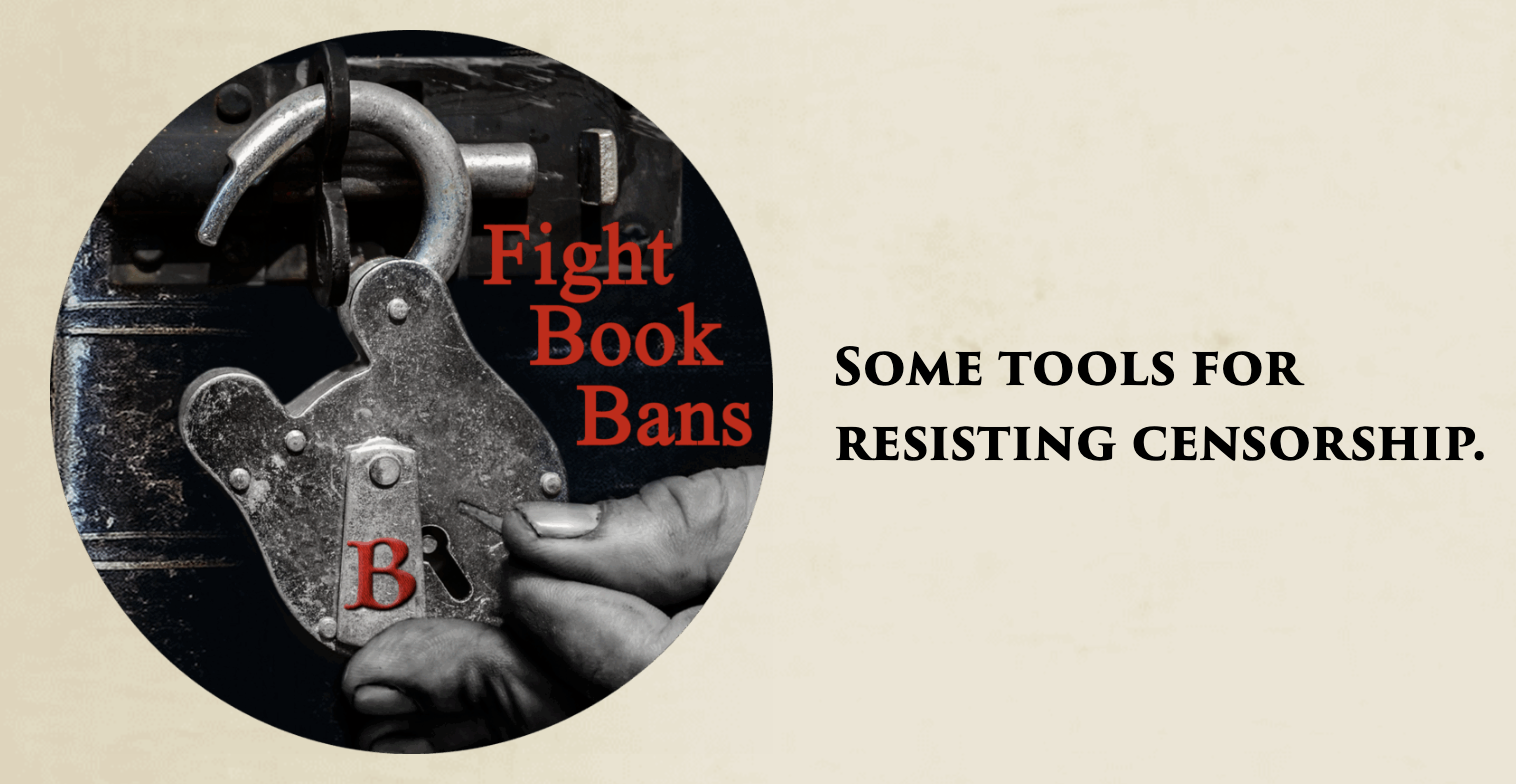
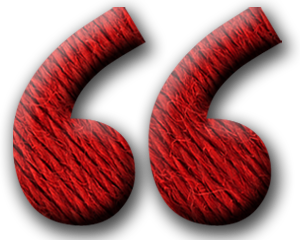


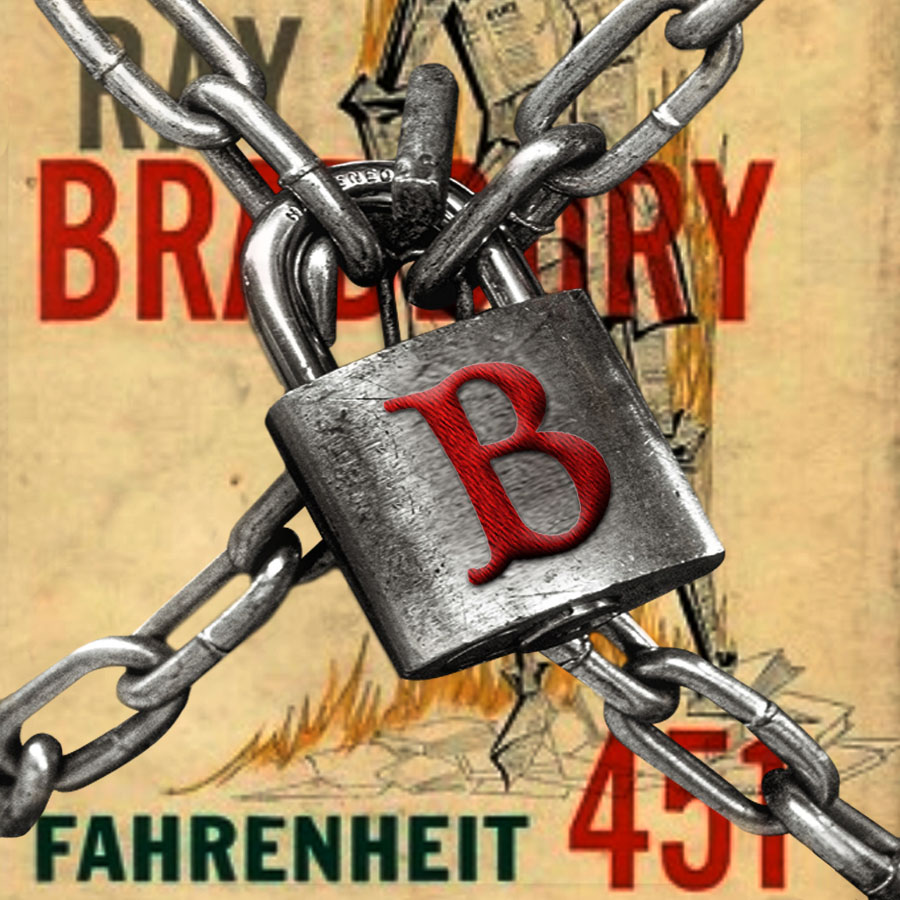





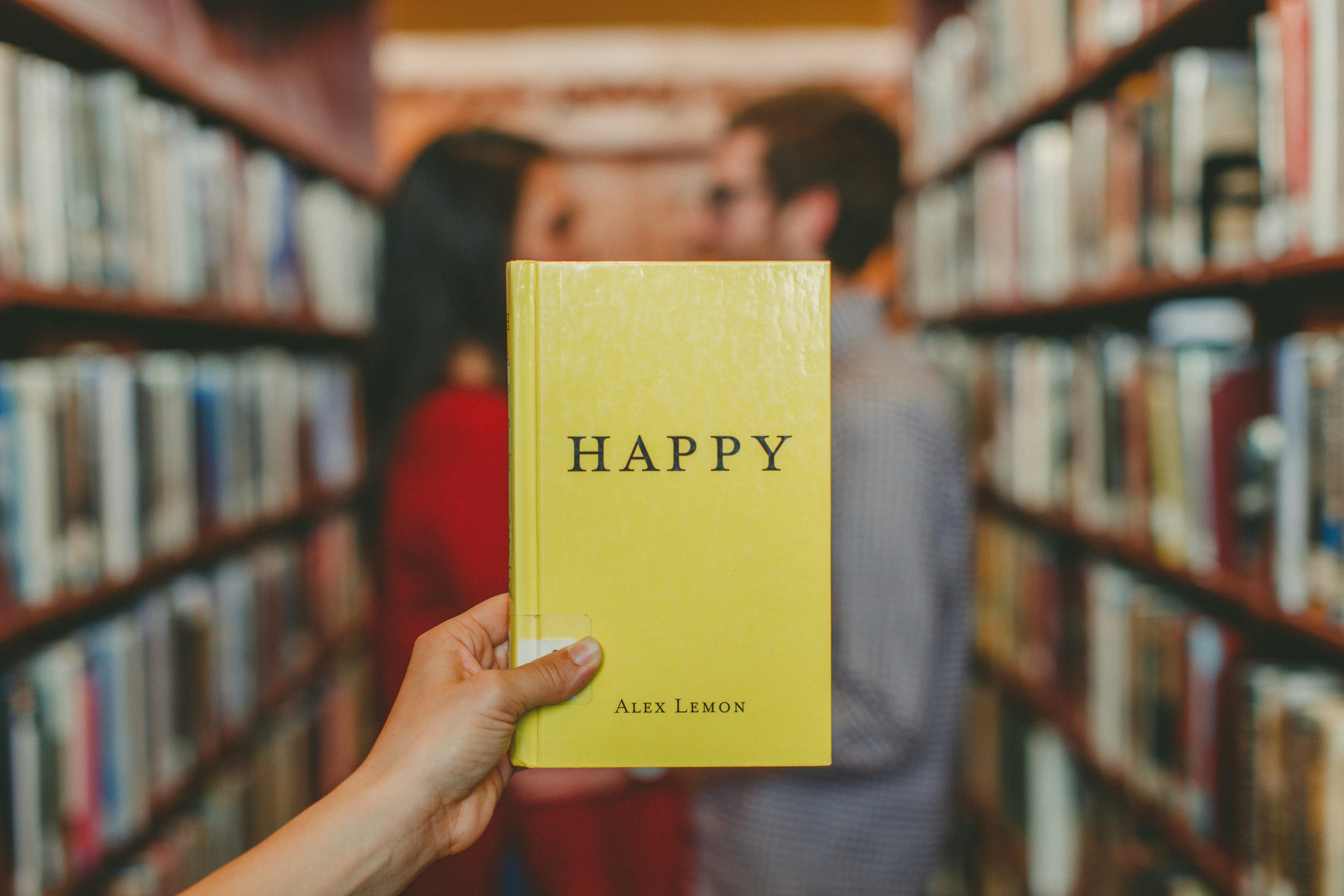




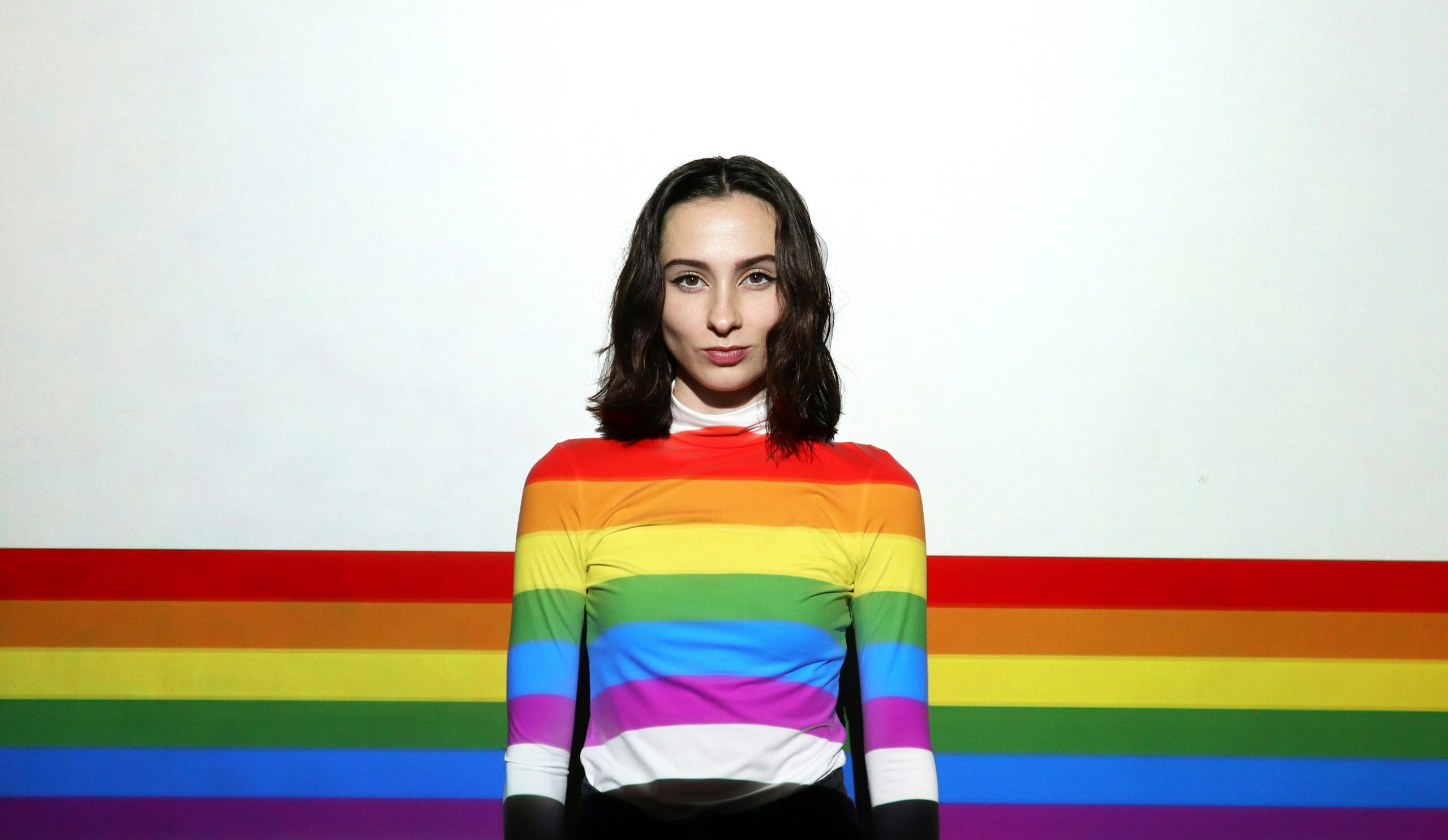
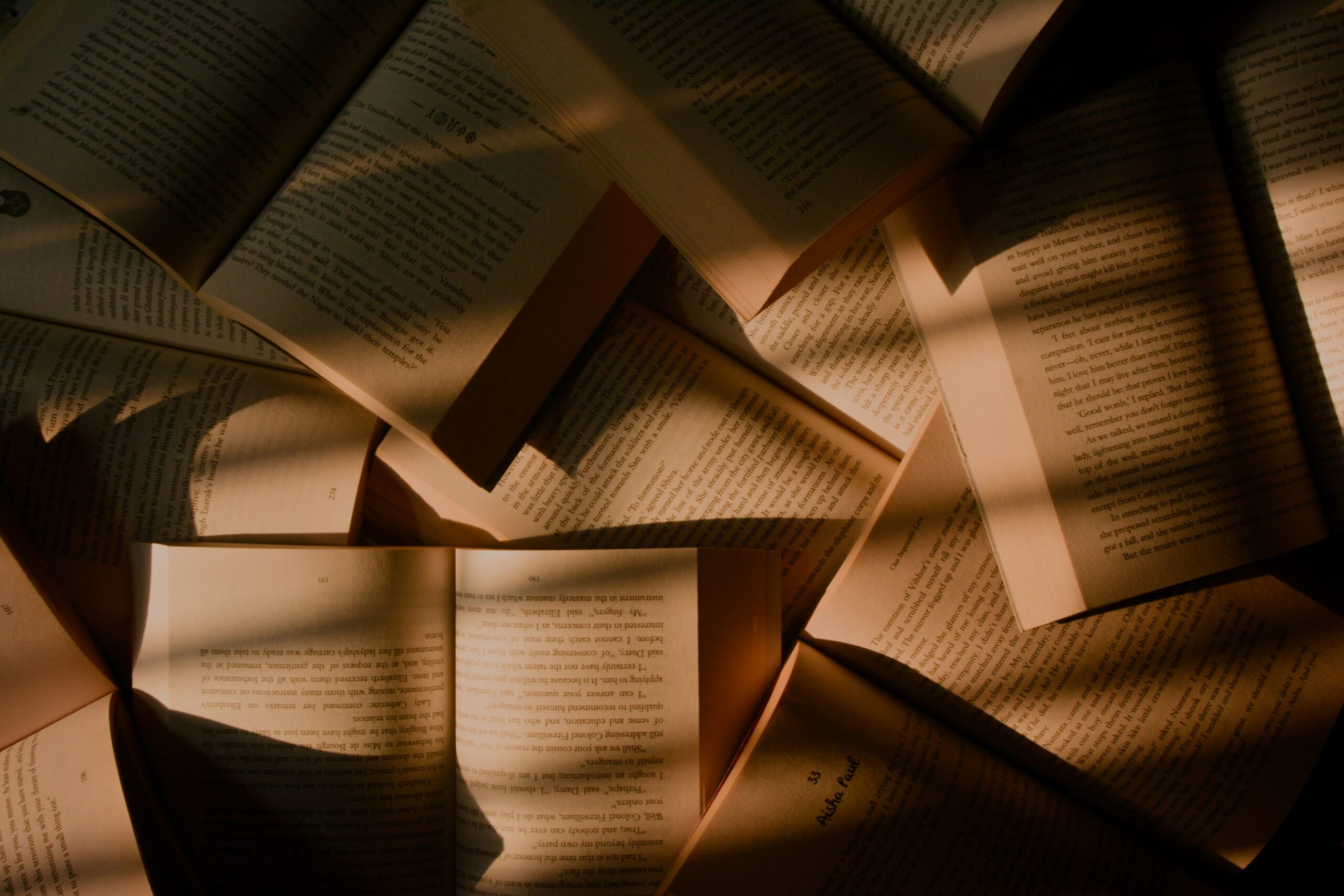
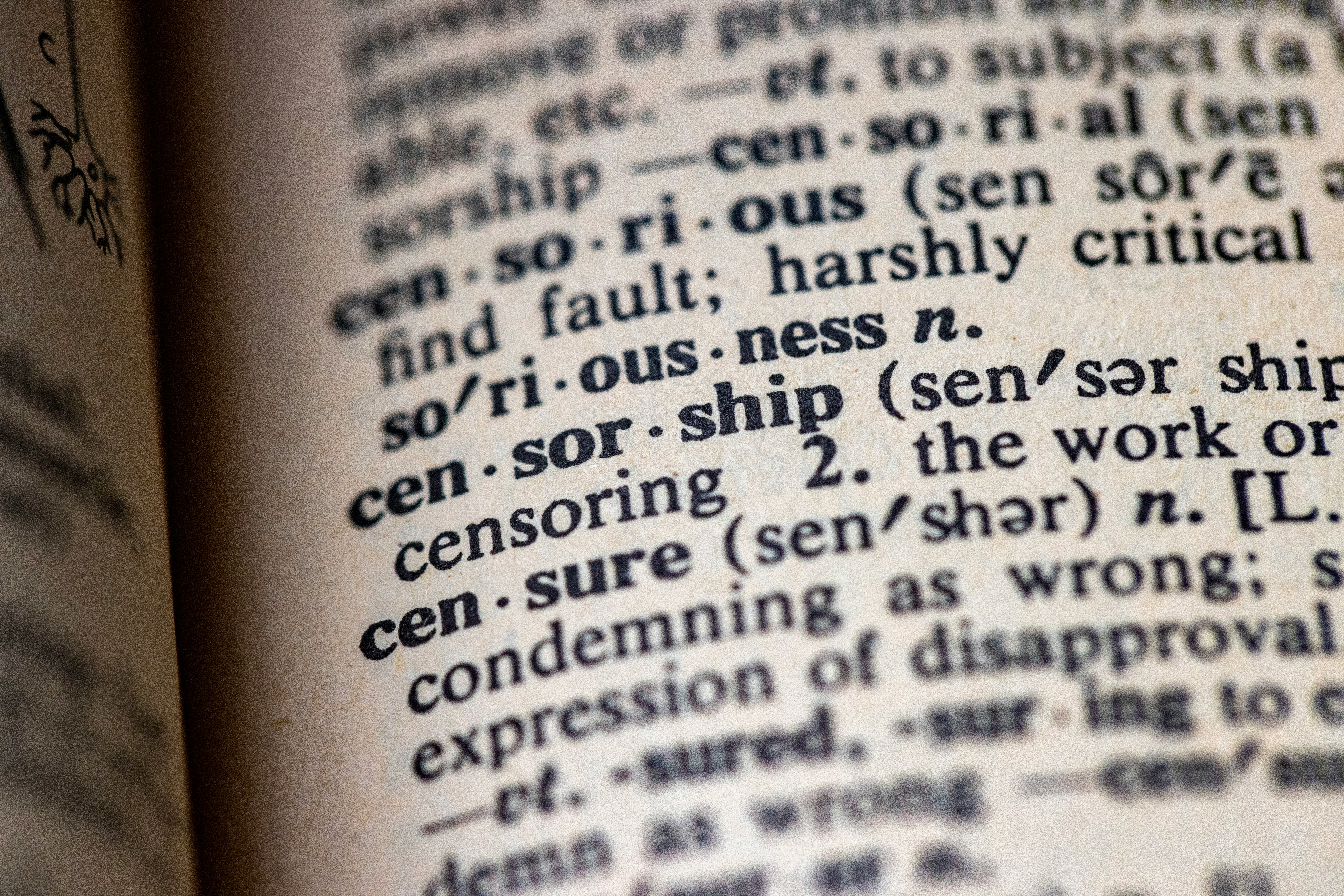

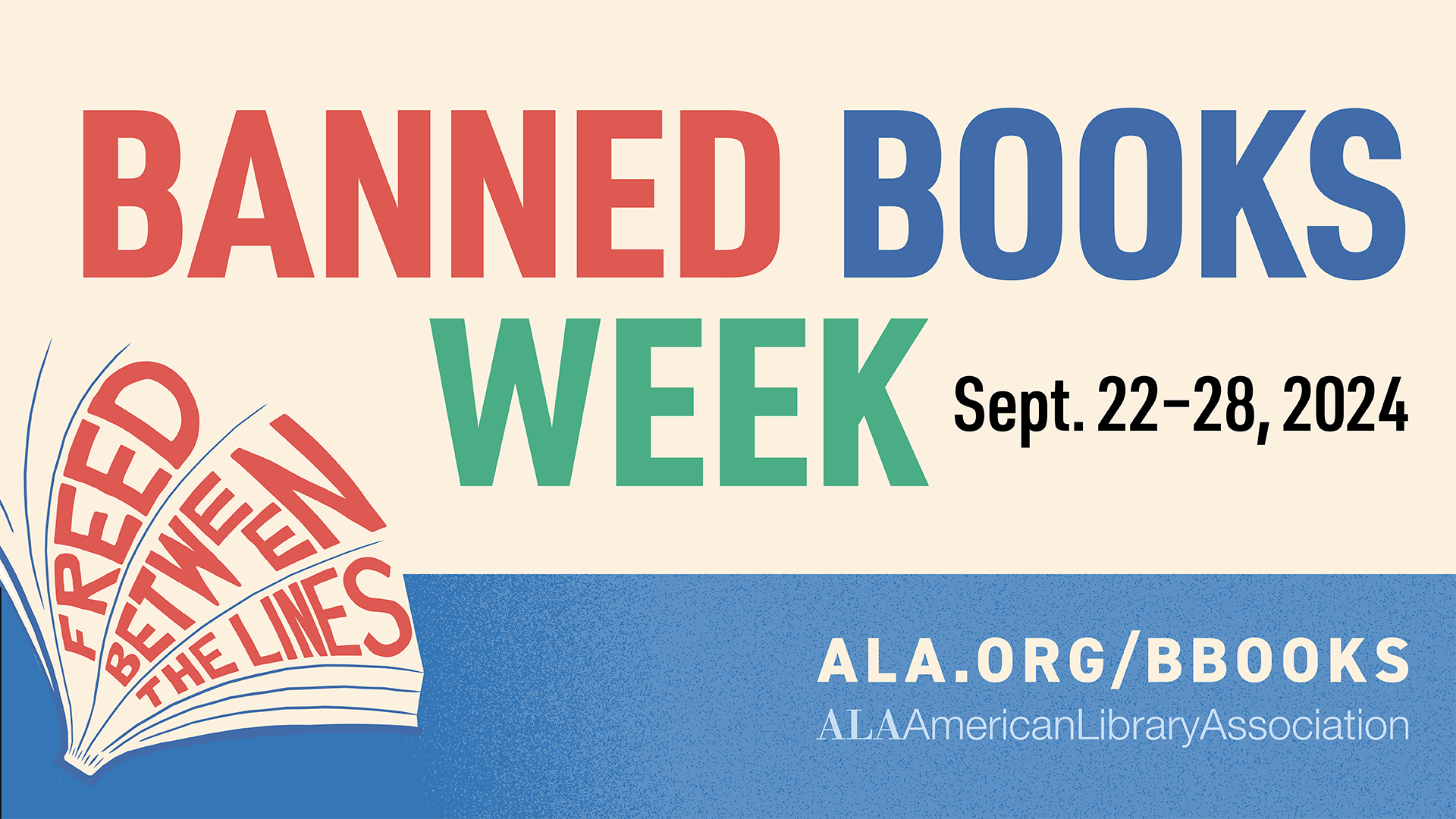
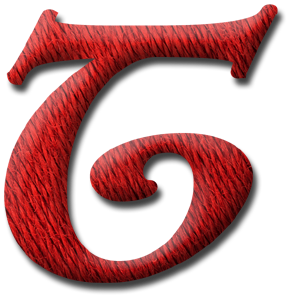
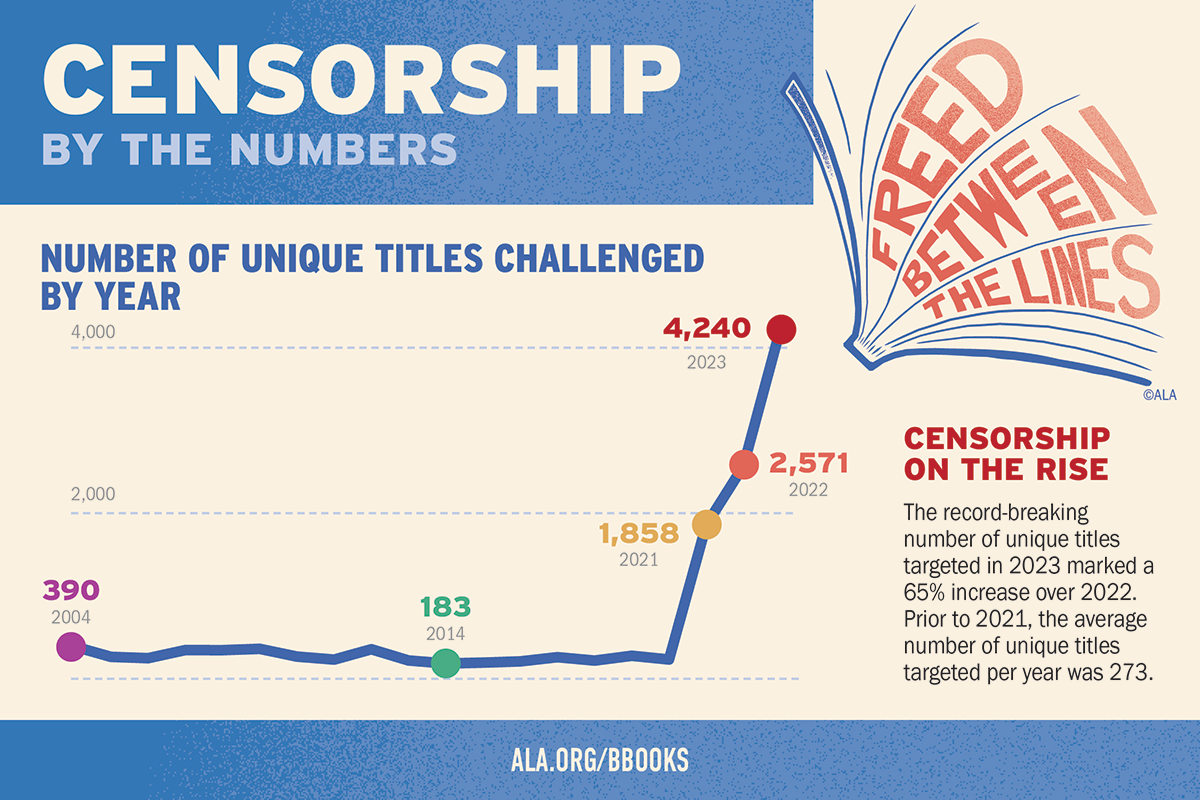

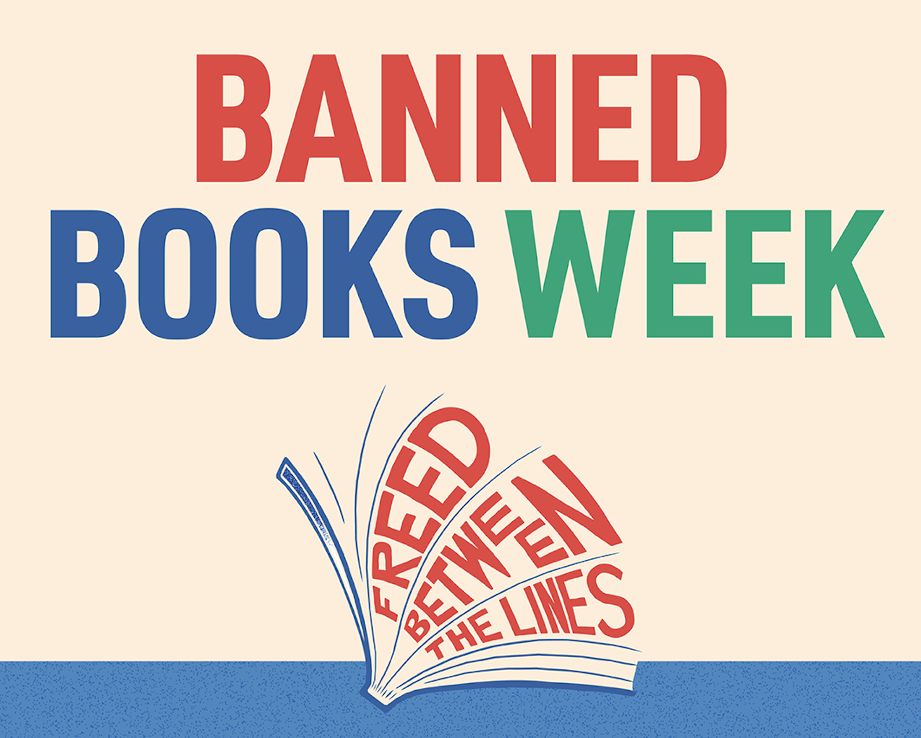
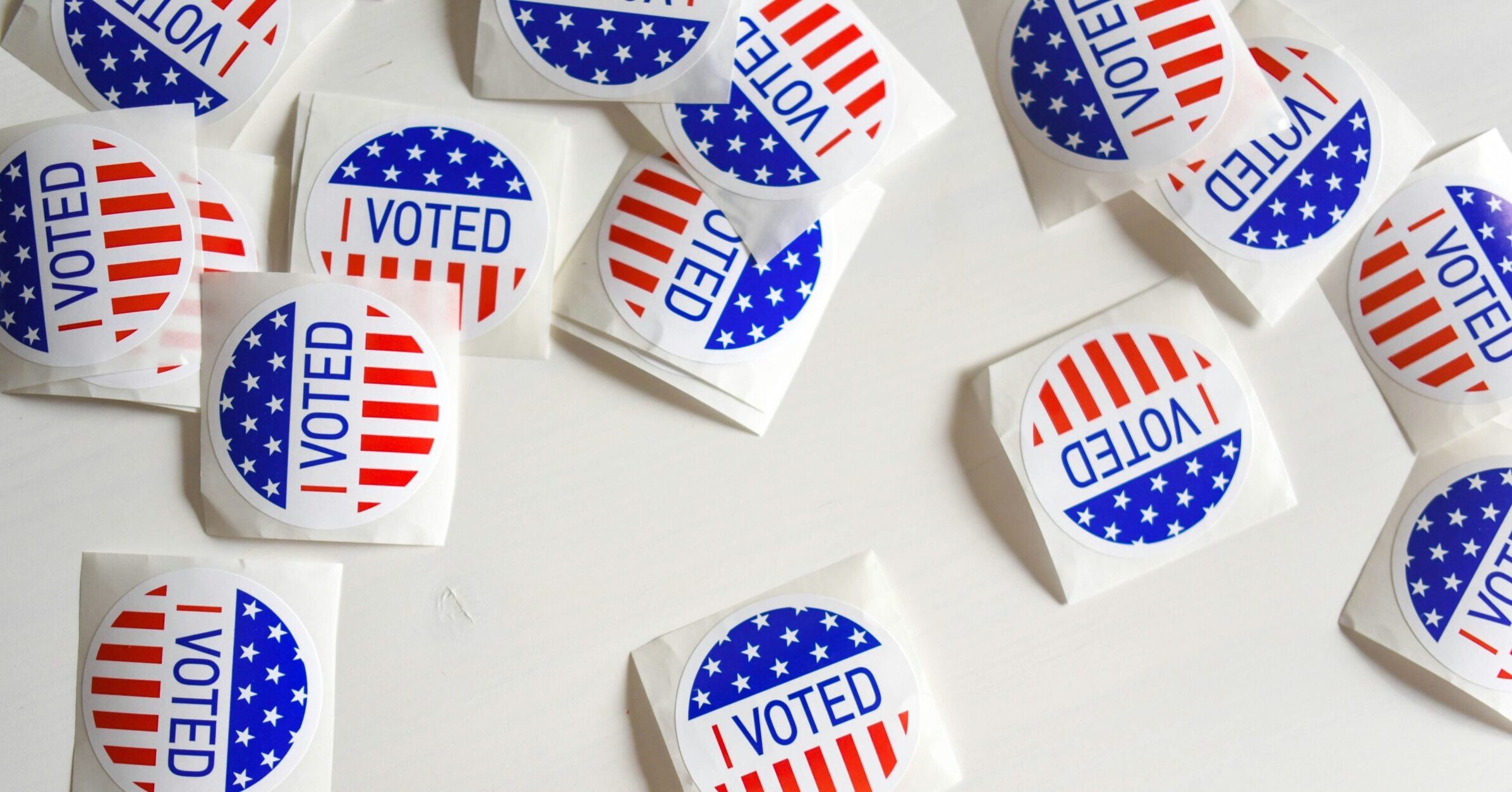
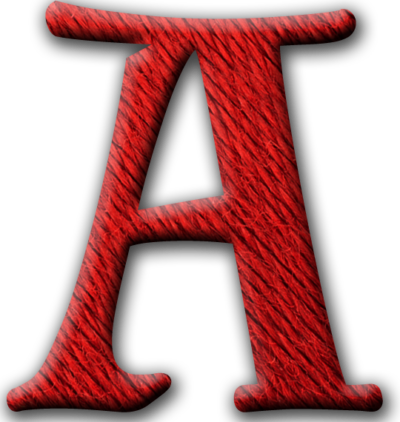

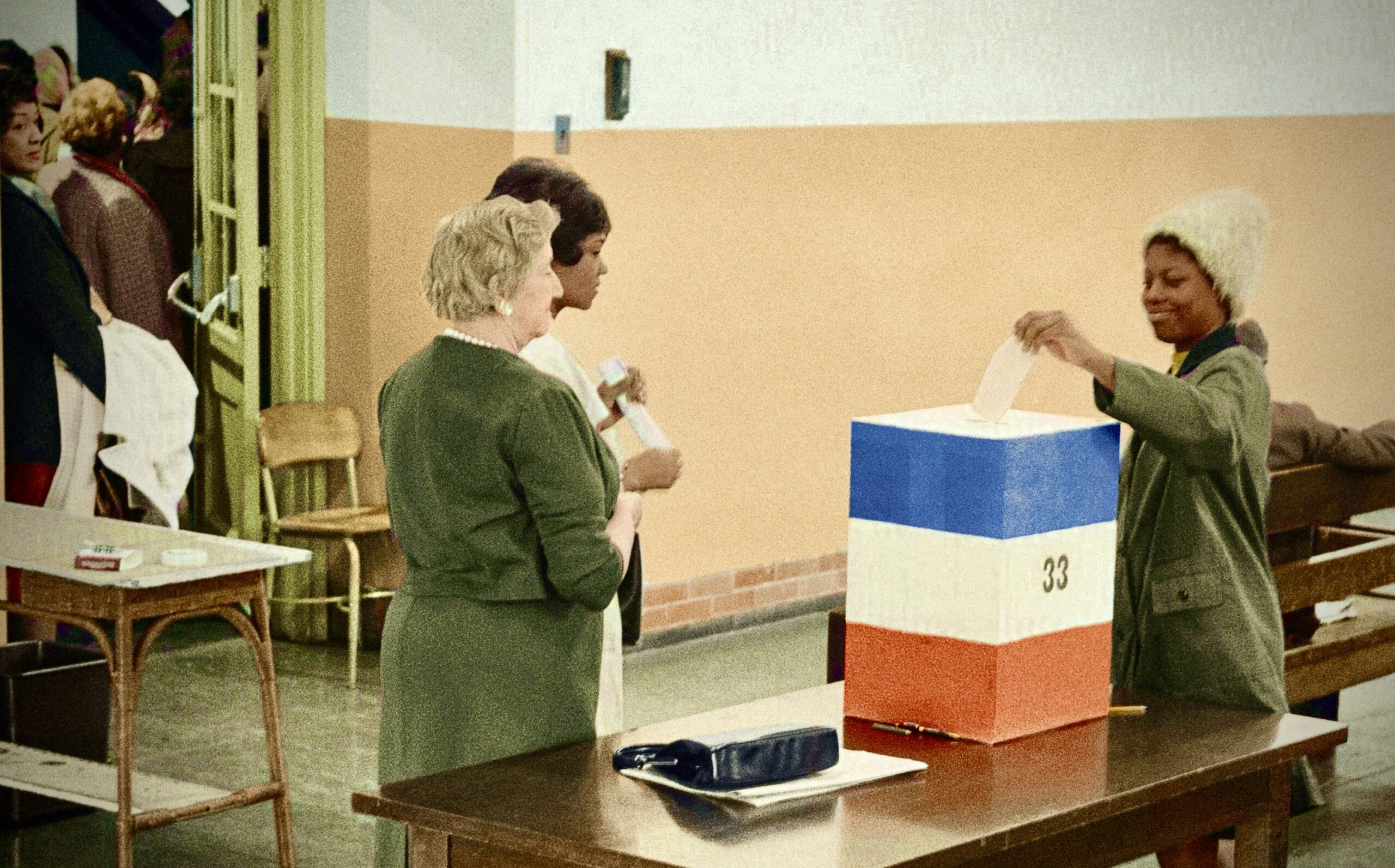

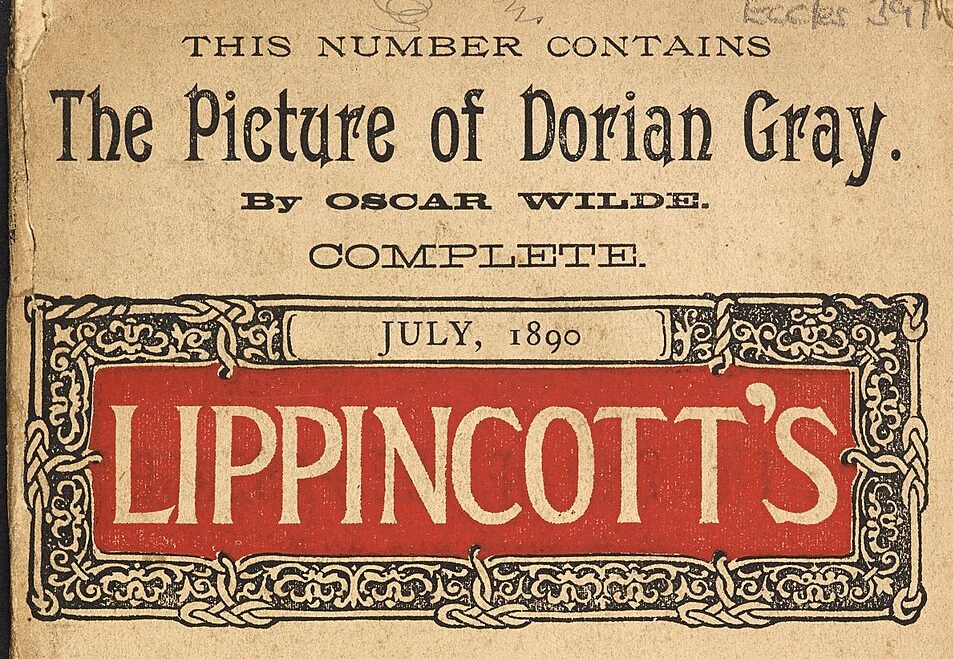
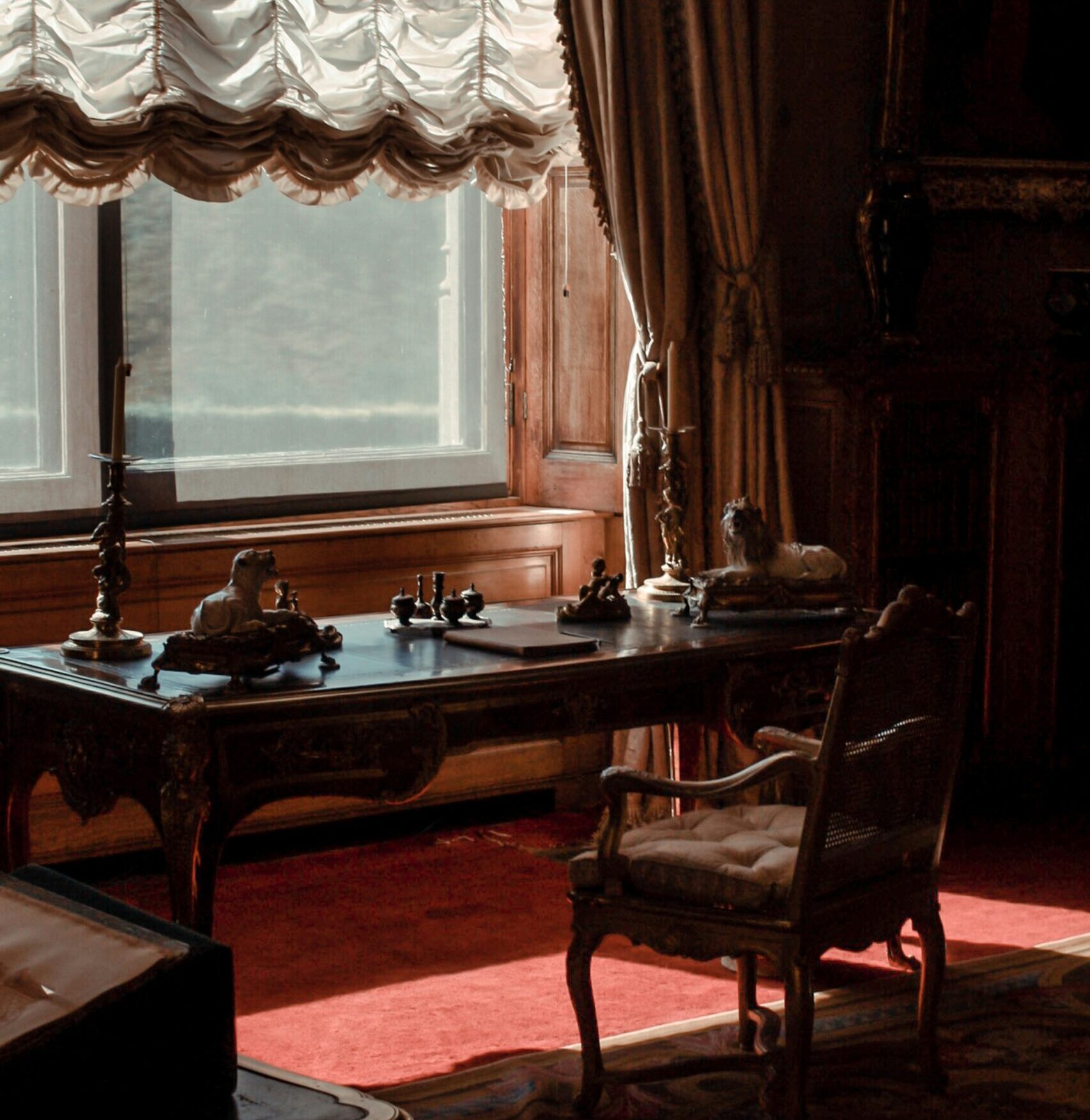
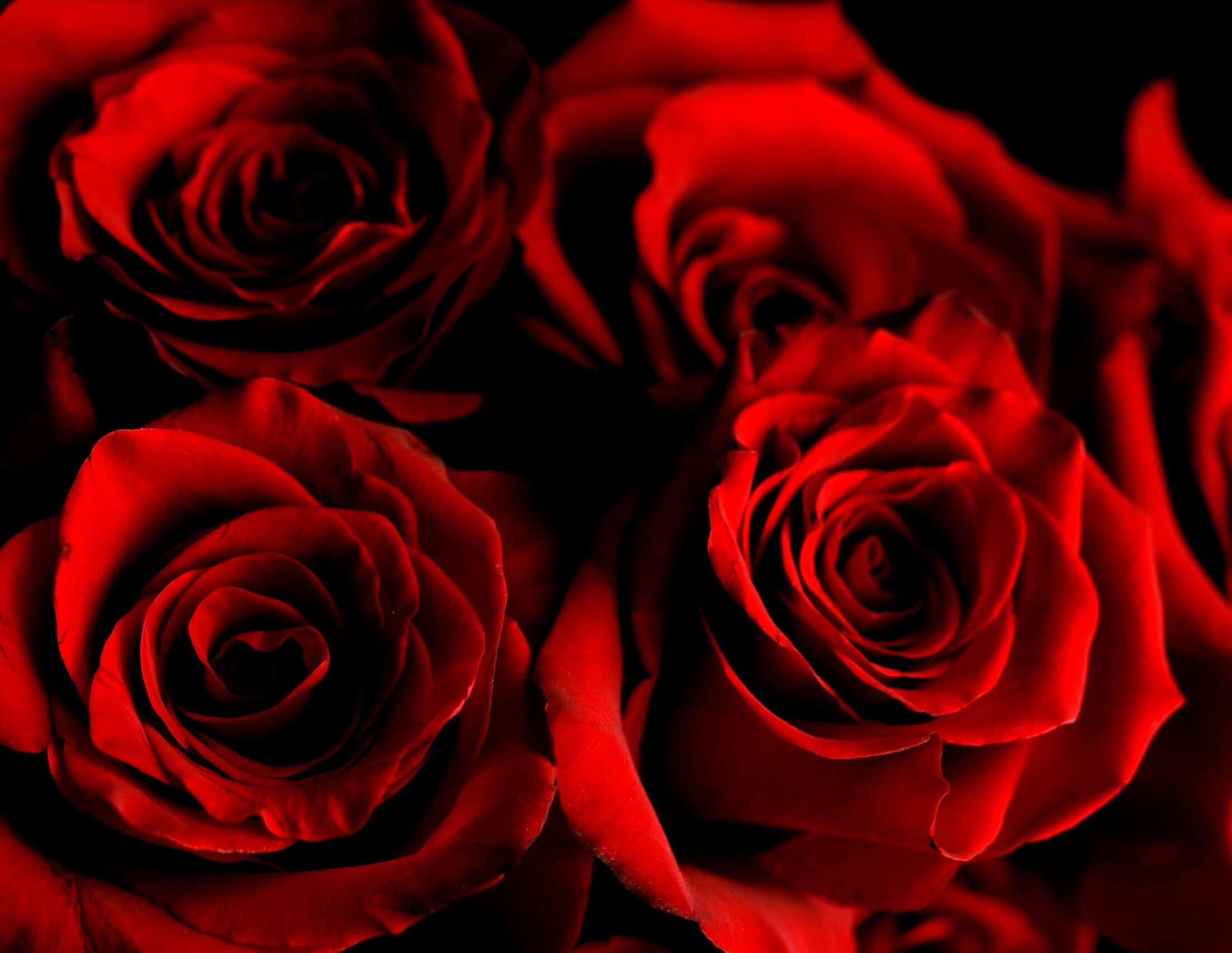
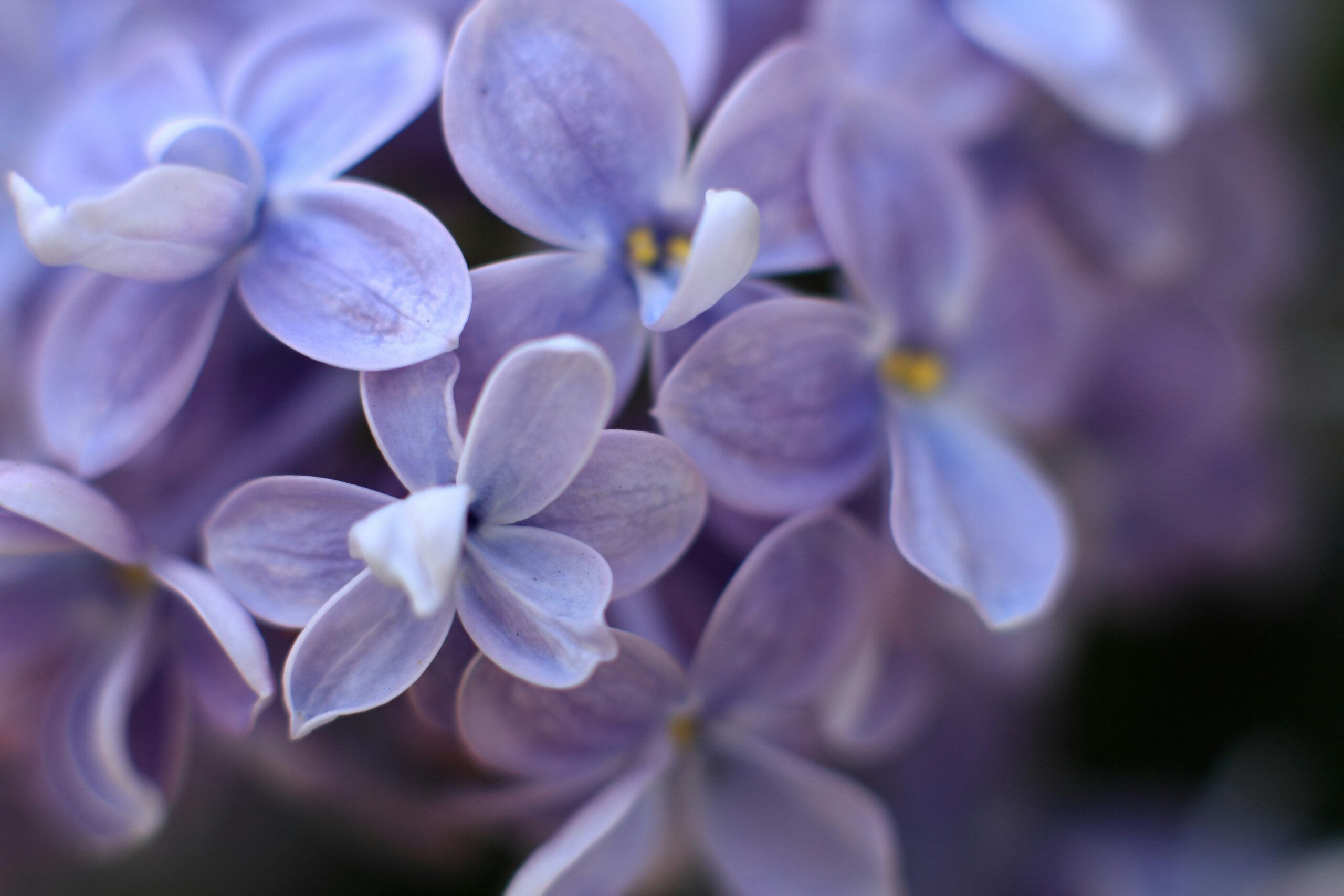
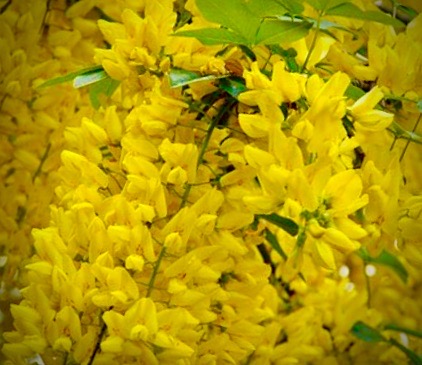

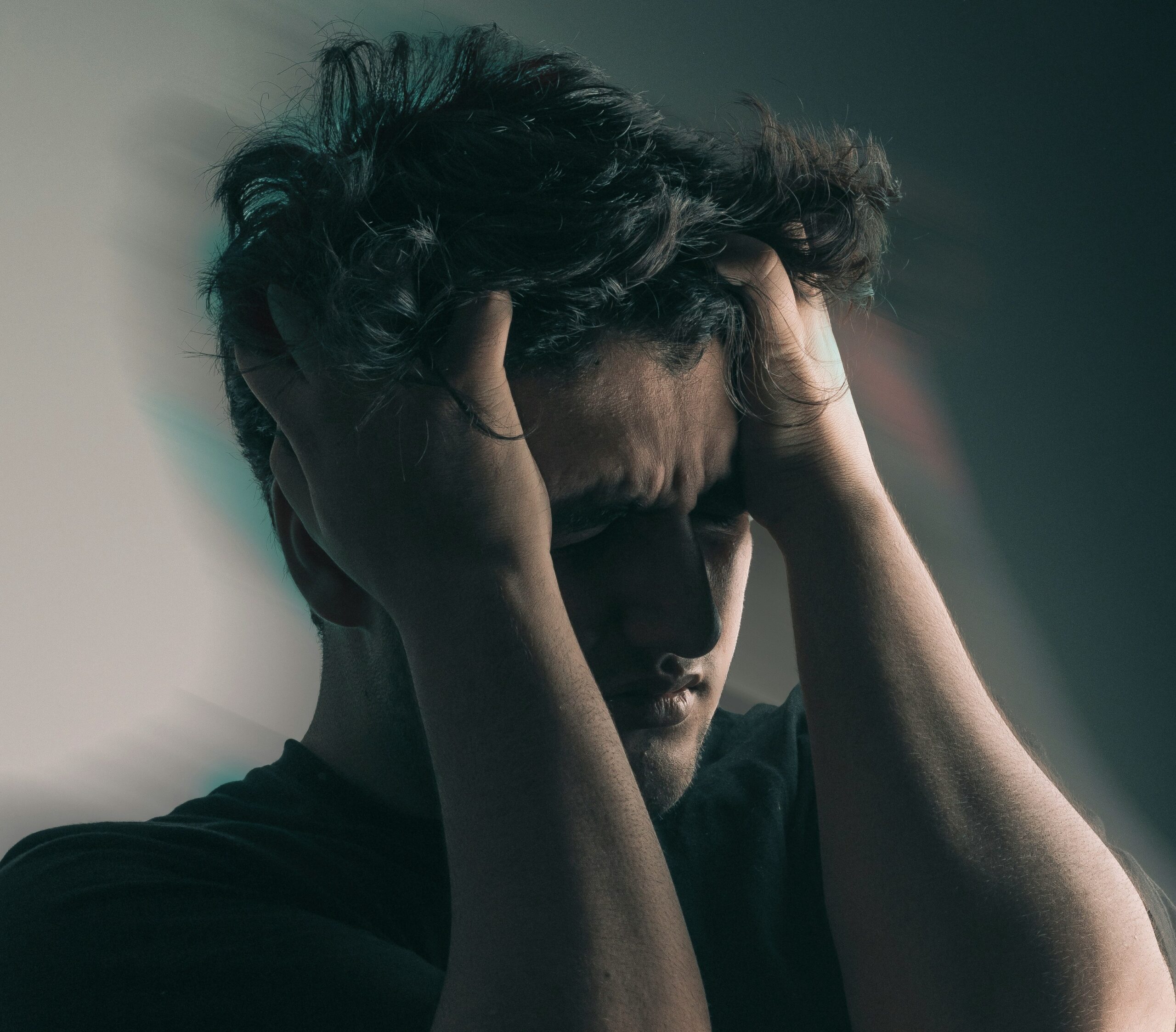
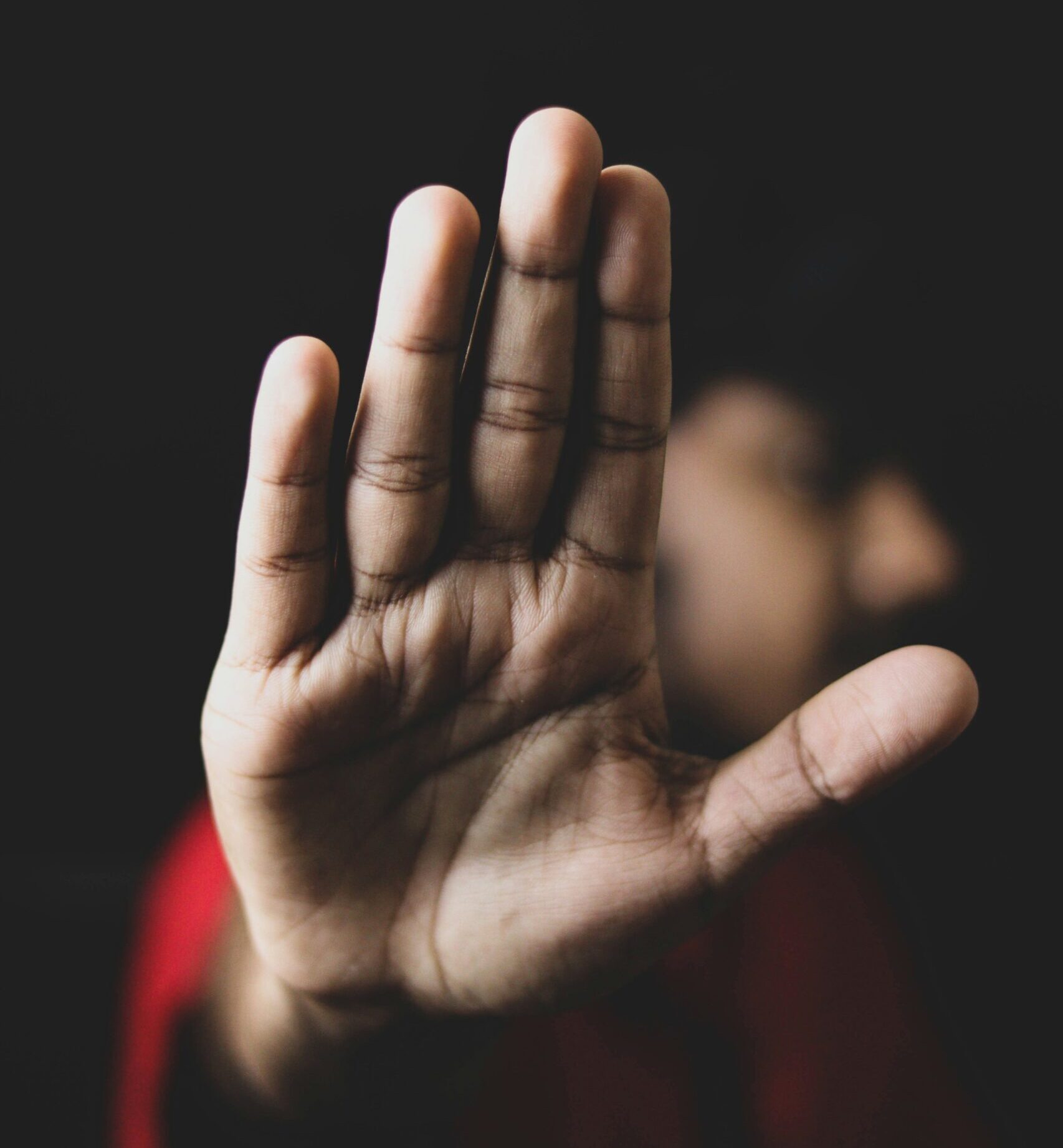
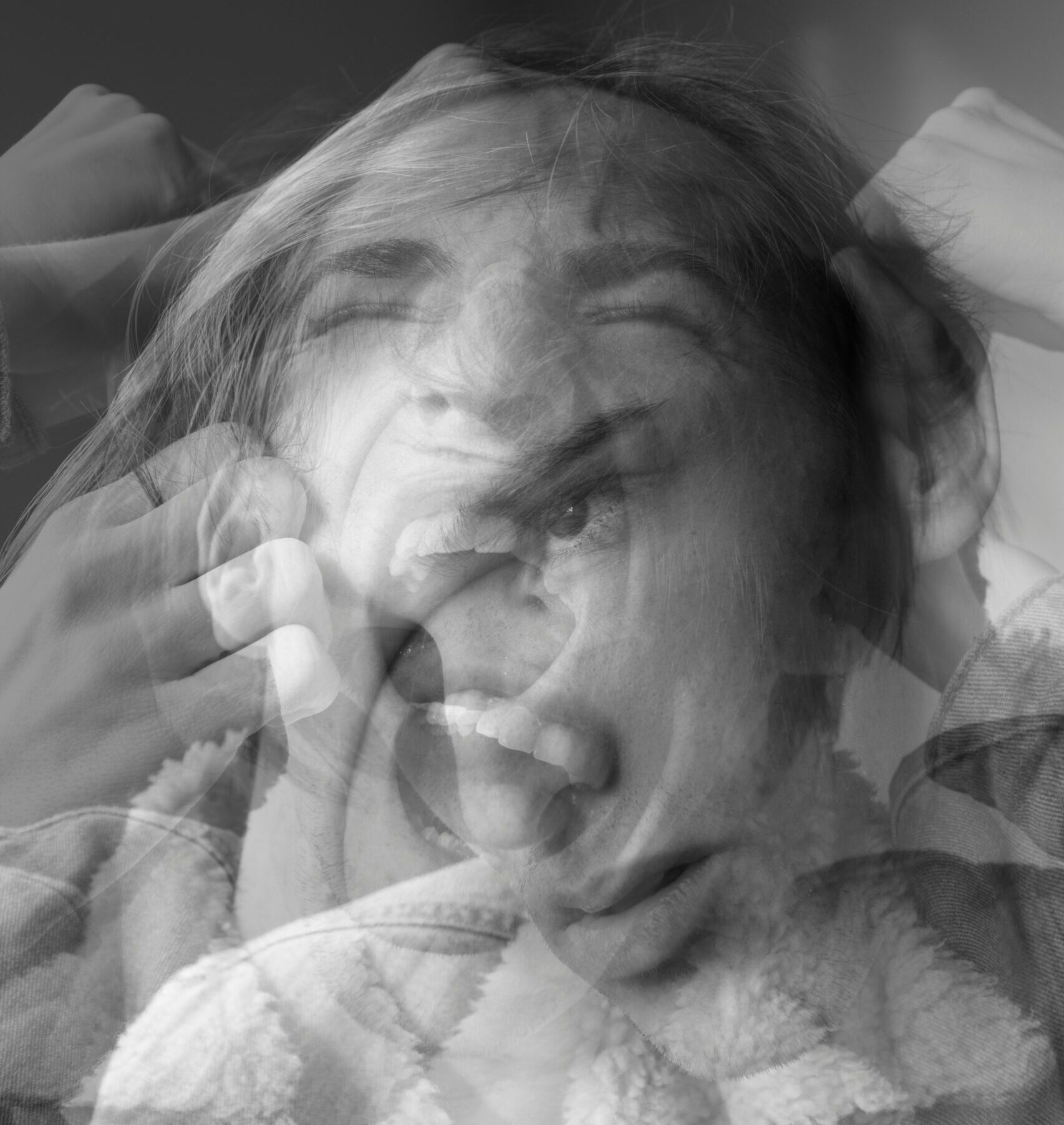
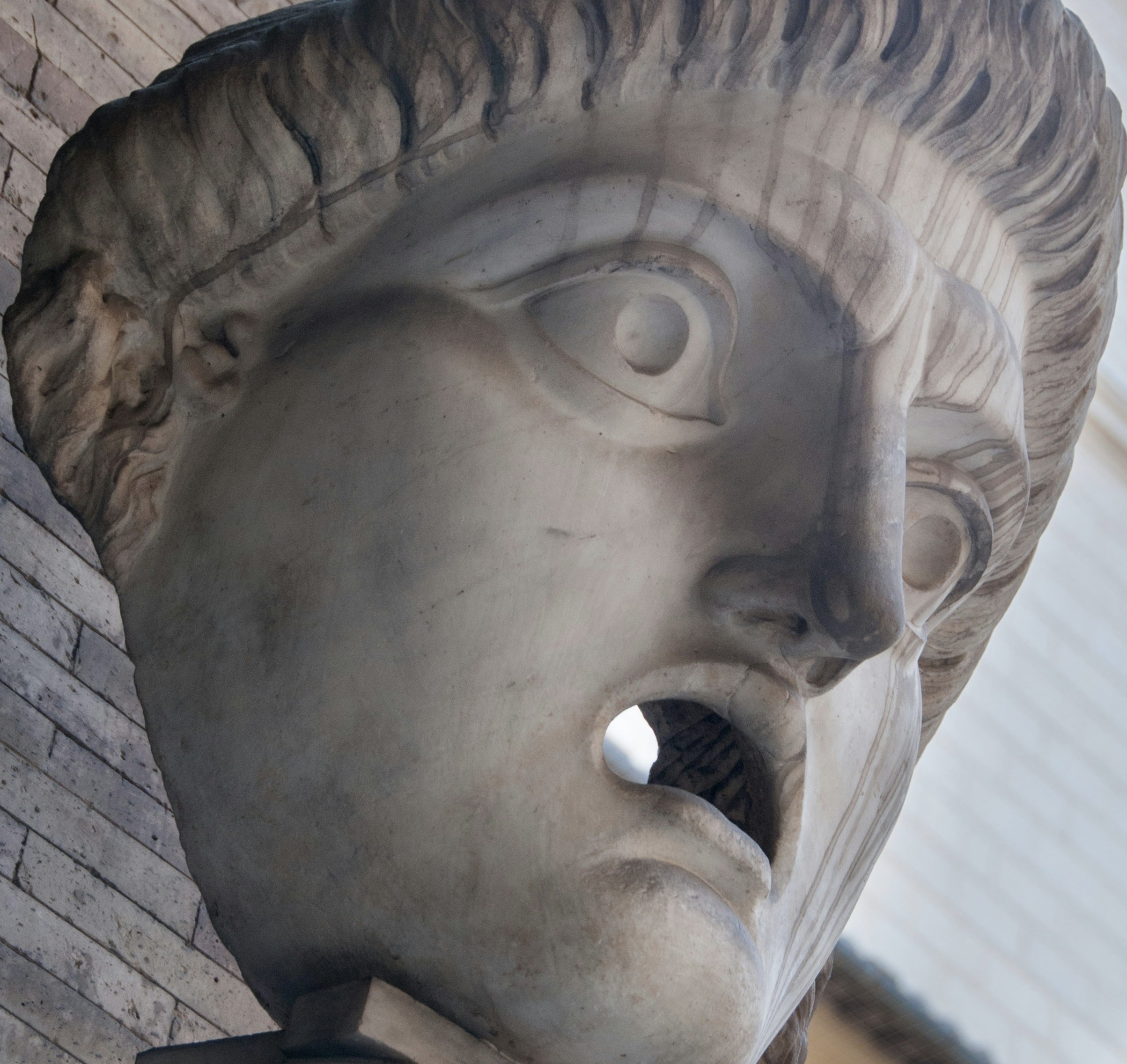
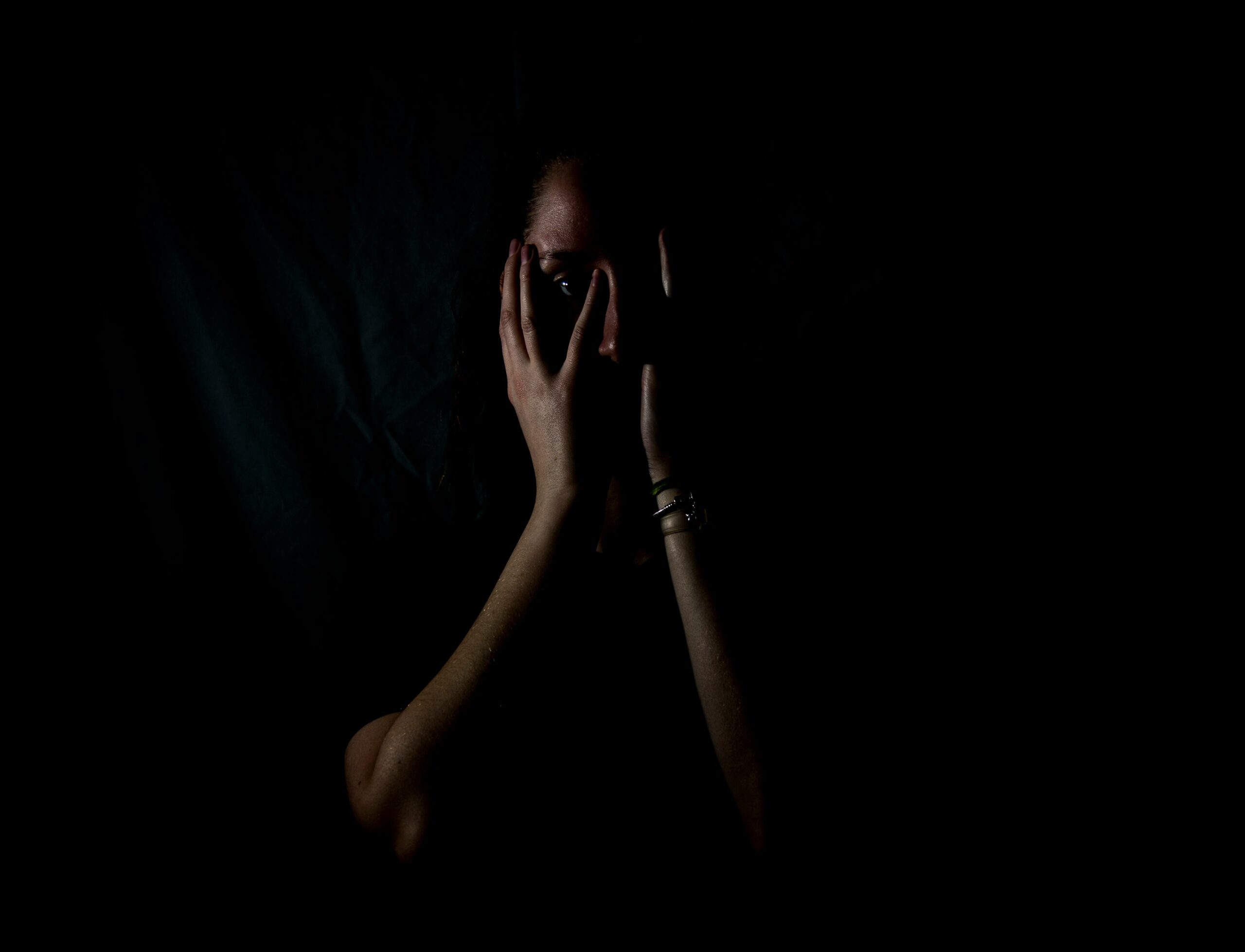
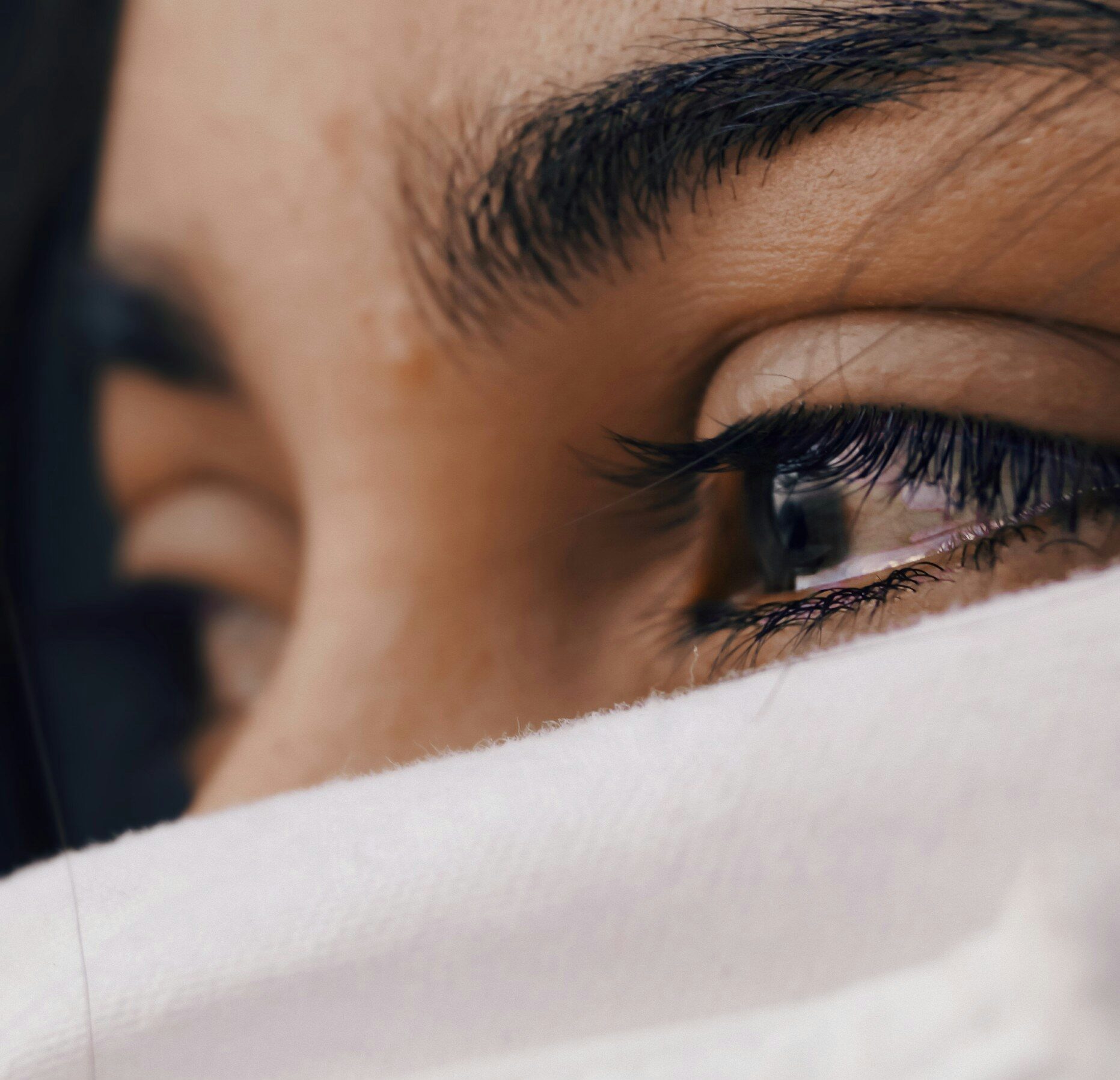
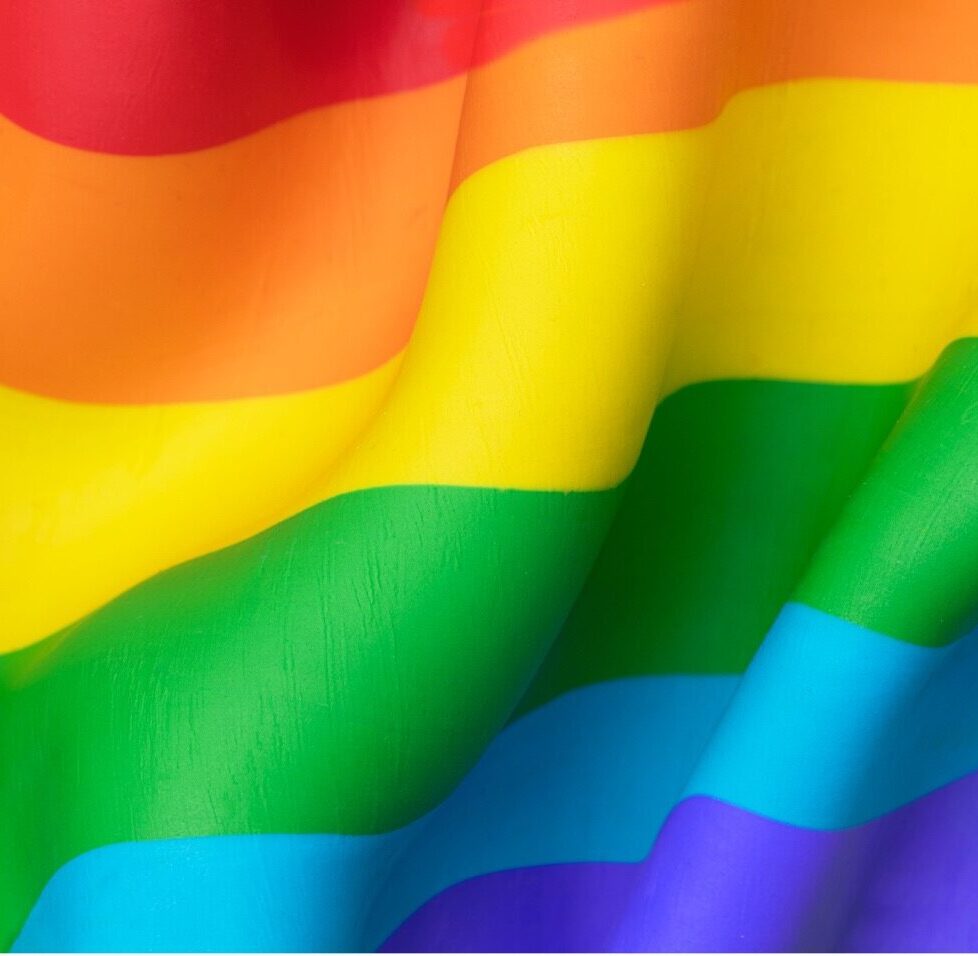

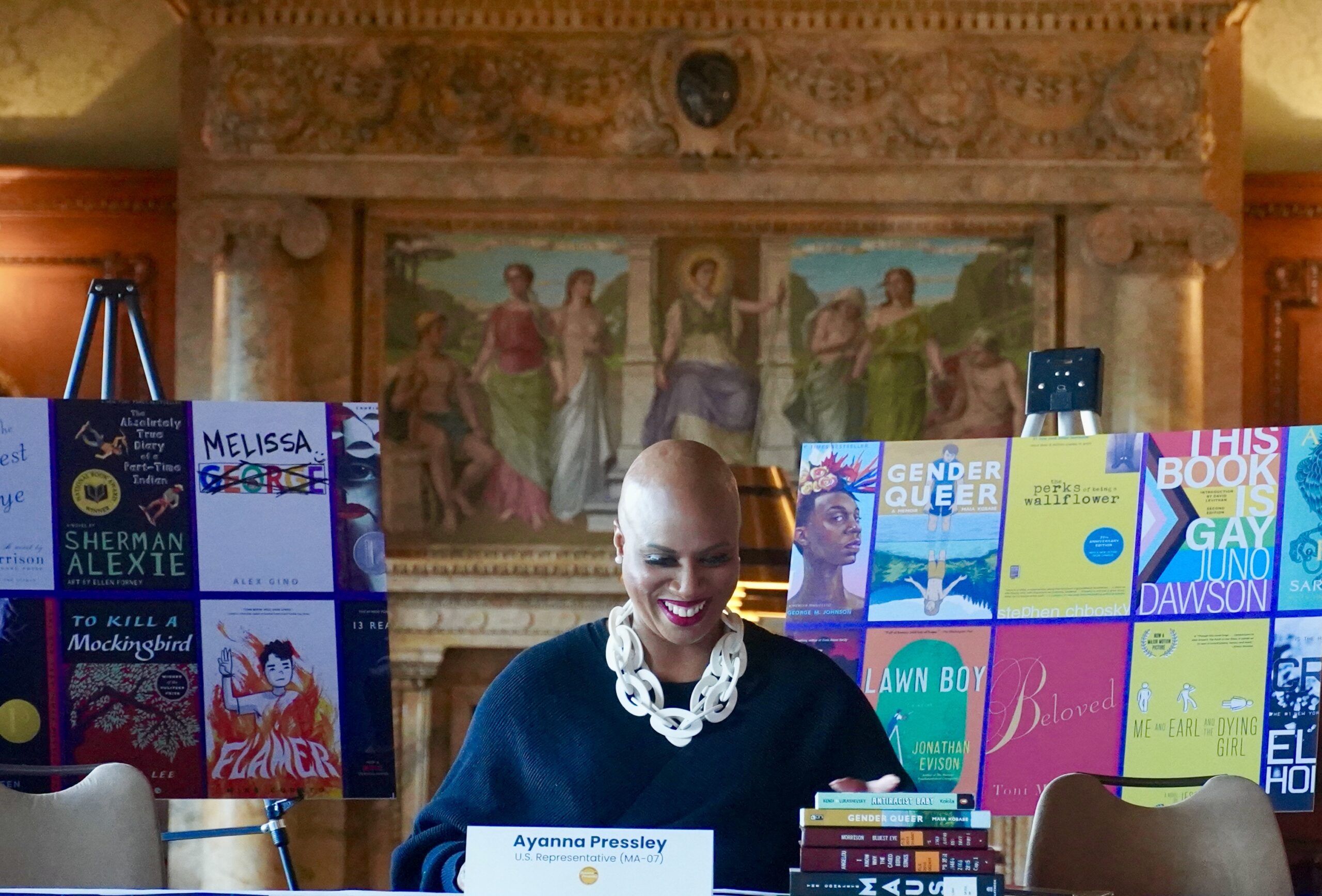

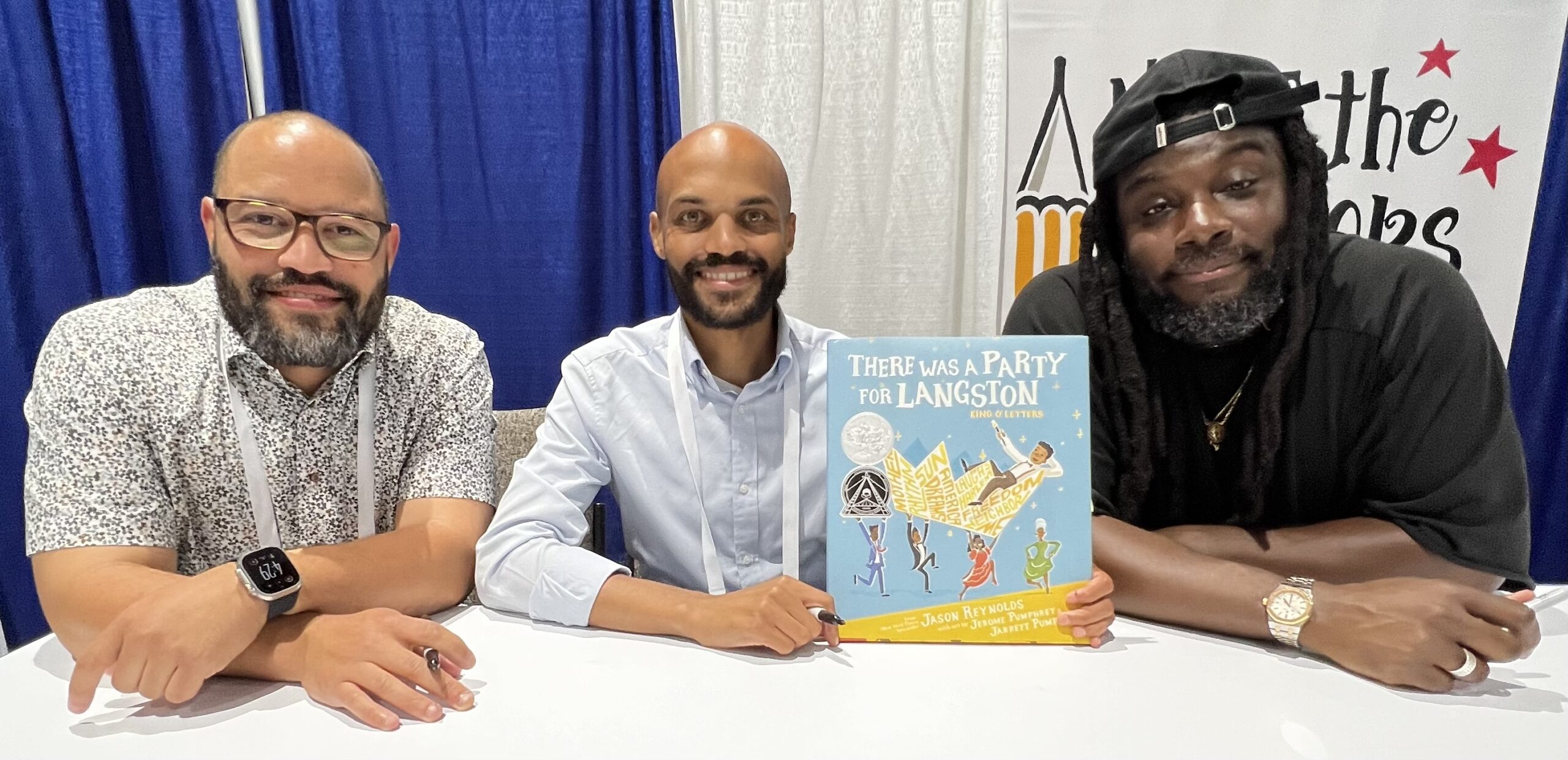
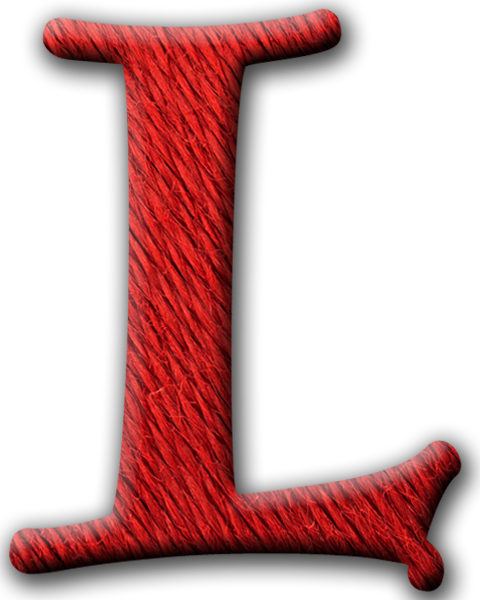 L
L


